Another edition of Apple's annual developer conference WWDC is already taking place today. For many years, these conferences have been an opportunity to introduce new operating systems for iPhones, iPads, Macs and the Apple Watch. Here you will find a complete overview of the operating system used by iPhones since their introduction in 2007.
It could be interest you

iPhone OS 1
The iPhone OS operating system was introduced on January 9, 2007 and publicly released on June 29 of the same year. Originally intended for the first iPhone, later it also offered support for the iPod touch. Its last version was 1.1.5 and was released on July 15, 2008. This operating system did not yet offer support for third-party applications, but it was equipped with a number of native applications such as Calendar, Photos, YouTube, Stocks, Weather, Clock, Calculator , iTunes, Mail or even Safari.
iPhone OS 2
In July 2008, the iPhone OS operating system was released, intended for the first iPhone, iPhone 3G, and iPod touch of the first and second generations. Its biggest innovation was the App Store, where users could download third-party applications. iPhone OS 2 included traditional native apps including YouTube, and users also had the option to turn on Wi-Fi even when Airplane mode was activated. The Calculator has also added a switch to scientific mode when using it in horizontal view. The last version of the iPhone OS 2 operating system was called 2.2.1 and was released on January 27, 2009.
iPhone OS 3
iPhone OS 3 was the last version of Apple's mobile operating system to bear the name iPhone OS. In this update, Apple introduced, for example, a system-wide function of cutting, copying and pasting, the Spotlight function or perhaps MMS support for native Messages. iPhone 3GS owners got the ability to record videos, and iPhone OS 3 also added a new Dictaphone application. Here, Apple also increased the number of desktop pages to 11, and the desktop could thus accommodate up to 180 application icons.
iOS 4
The iOS 4 operating system was released on June 21, 2010, and was the first version of Apple's mobile operating system to bear the name iOS. Along with iOS 4 came, for example, the ability to add folders to the desktop, support for custom background wallpapers or multitasking functions, thanks to which users could, for example, use selected applications during a call in progress. The iOS 4 operating system also offered iBooks applications, the Game Center service and FaceTime, and HDR support for the iPhone 4 was added a little later. The last version of iOS 4 was called 4.3.5 and was released in July 2011.
iOS 5
In October 2011, Apple released its iOS 5 operating system. This update brought news in the form of redesigned notifications, Notification Center, iCloud and iMessage. Users also received better integration with Twitter, and iOS 5 brought gesture support for multitasking to iPad owners. The native iPod application was divided into two applications named Music and Videos, native Reminders were added, and iPhone 4S owners got the Siri voice assistant. With the arrival of iOS 5, Apple also made it possible to update the operating system over-the-air, i.e. without the need to connect the iPhone to a computer.
iOS 6
The successor to iOS 5 was the iOS 2012 operating system in September 6. Along with this new feature, Apple introduced, for example, its own native Maps, or perhaps the Podcasts and Passbook applications. The App Store received a redesign of its user interface, iOS 6 also offered better Facebook integration. Do Not Disturb mode was added, and users also got better privacy management options in Settings. With the arrival of iOS 6, Apple also said goodbye to the native YouTube application – this service could only be watched in the web interface in the Safari browser. The last version of the iOS 6 operating system was called 6.1.6 and was released in February 2014.
iOS 7
In September 2013, Apple released its iOS 7 operating system. The most significant change was a completely redesigned user interface, which Jony Ive was responsible for, among others. For example, the "swipe to unlock" function or new animations, AirDrop, CarPlay or automatic application updates have been added. Another novelty was the Control Center, users also got the option to set more types of vibrations, and the native Camera offered the option of taking photos in Instagram format. The latest version of iOS 7, labeled 7.1.2, was released in June 2014.
iOS 8
The iOS 8 operating system was released in September 2014. With its arrival, users saw, for example, the Continuity function for better collaboration across devices from Apple, and new suggestions were added to Spotlight. The keyboard received a QuickType function, a new Health application was also added, and native Photos offered support for the iCloud photo library. With the arrival of iOS 8.4, the music streaming service Apple Music was added, the Notification Center was redesigned and the possibility of calling via Wi-Fi was added. The last version of iOS 8 was called 8.4.1 and was released in August 2015.
iOS 9
In September 2015, Apple released the full version of the iOS 9 operating system. The ability to draw was added to Notes in iOS 9, another new feature was the native Apple News application (only in selected regions). Apple Maps added support for public transport information, in iOS 9.3 Apple added the Night Shift function, iPhone 6S and 6S Plus owners got the Peek and Pop function or perhaps Live Photo for 3D Touch. The iOS 9 operating system brought features such as Slide Over or Split Screen to iPad owners. The latest version of the iOS 9 operating system was called 9.3.6 and was released in July 2019.
iOS 10
The iOS 10 operating system was released in September 2016, its latest version, 10.3.4, saw the light of day in July 2019. iOS 10 brought new features for 3D Touch, native Messages added support for third-party apps, and native Maps got further processing. New search options were added to Photos, native Home offered the possibility to manage devices with HomeKit compatibility, Siri gradually began to understand some third-party applications and services. In some regions, the native Videos of the TV application have been replaced, and the Control Center has also been redesigned.
iOS 11
In September 2017, Apple released the iOS 11 operating system. With its arrival, users gained, for example, the ability to view all notifications directly on the locked screen, the App Store underwent a redesign of its user interface, and a new native application called Files was also added. Siri has gained translation functionality, improved support for Apple Pay, screen recording and support for augmented reality. Other news included the possibility of activating the Do Not Disturb mode while driving, new functions for the Camera or support for document scanning in native Notes. The latest version of the iOS 11 operating system was called 11.4.1 and was released in July 2018.
iOS 12
The successor to iOS 11 was the iOS 2018 operating system in September 12. This update brought news in the form of the Screen Time function, the native Shortcuts application, or support for third-party navigation applications for CarPlay. iPad owners got the Dictaphone and Actions applications, a trackpad mode was added to the keyboard, and the native Messages got Memoji support for a change. Other updates included a new AR Measurements app, native Photos got an overhaul and new tabs, and Apple also added new options for managing notifications. The latest version of iOS 12, labeled 12.5.3, was released in May 2021.
iOS 13
In September 2019, Apple released its iOS 13 operating system. With its arrival, users saw improved privacy management options, the long-awaited system-wide dark mode, and new keyboard features. Added support for gestures for working with text, the Sign in with Apple function, and for the first time there was also a split of operating systems for iPhones and iPads, with Apple introducing the iPadOS operating system for iPads. Along with iOS 13 came support for Sony DualShock 4 and Microsoft Xbox One game controllers. The latest version of iOS 13, labeled 13.7, was released in September 2020.
iOS 14
The iOS 14 operating system was released in September 2020. This update brought a number of new features, such as App Clips, CarKey or new desktop options. Users could now use the App Library, remove entire desktop pages, or place interactive app widgets on the desktop. Support for playing videos in Picture-in-Picture mode has been added, and Siri has undergone a complete redesign of the user interface. A number of elements in the iOS 14 UI have gained a more compact form, and Apple has again significantly improved the functions and tools related to user privacy.
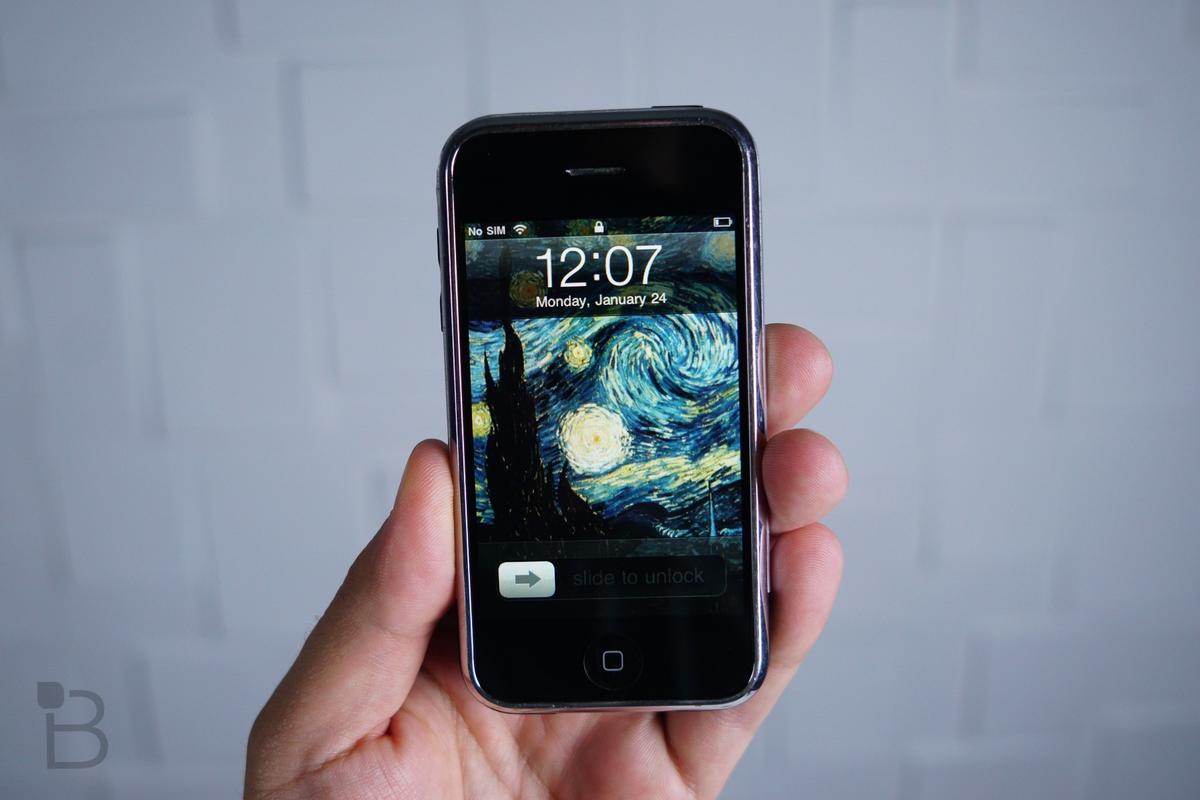

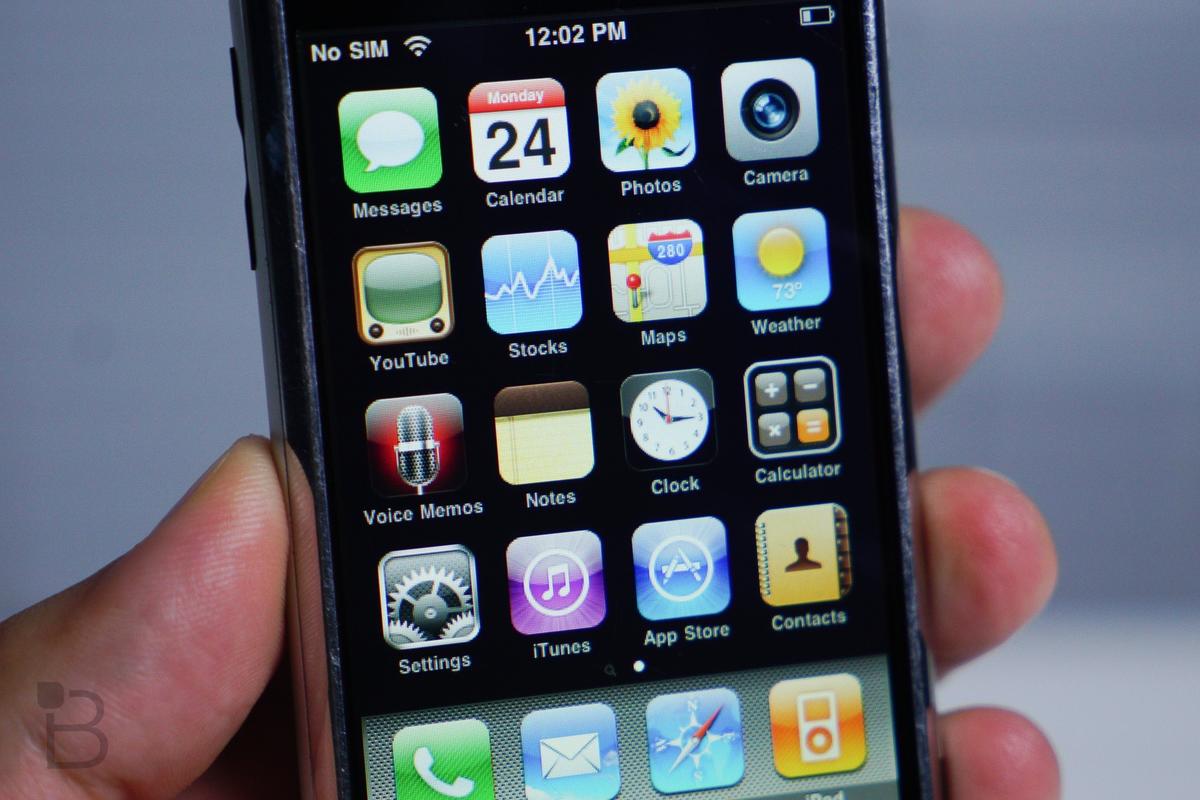
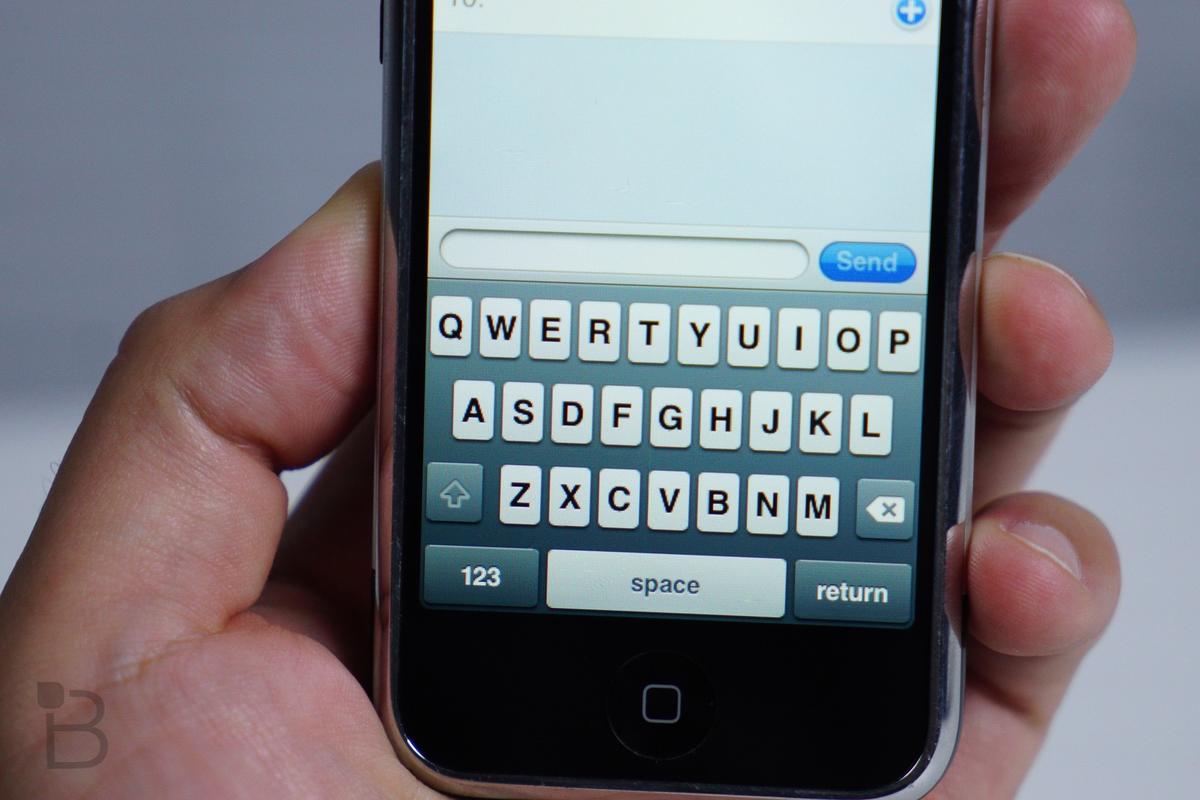
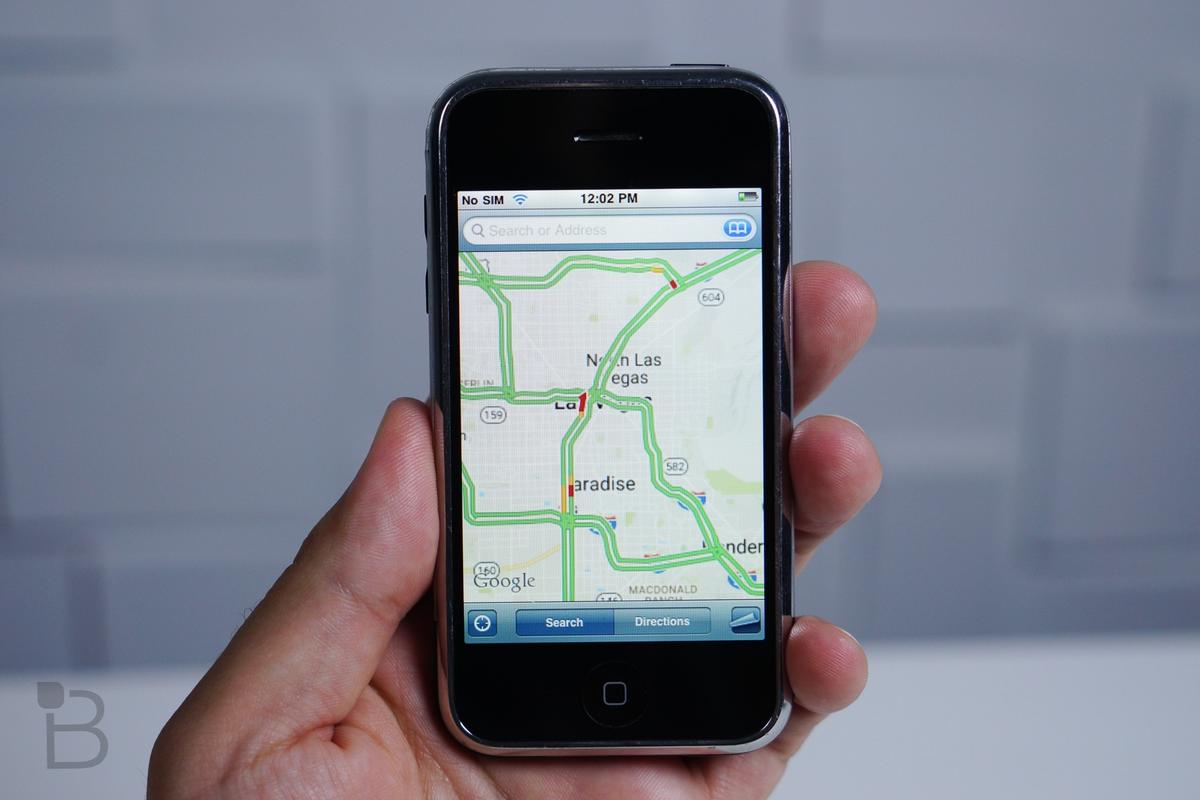



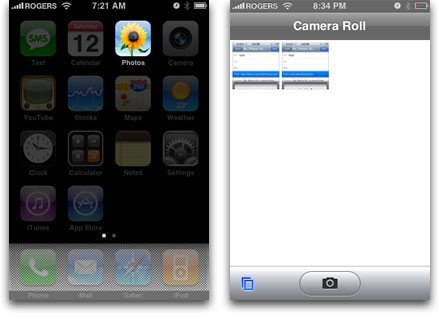
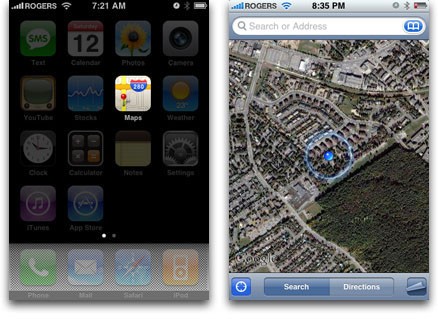

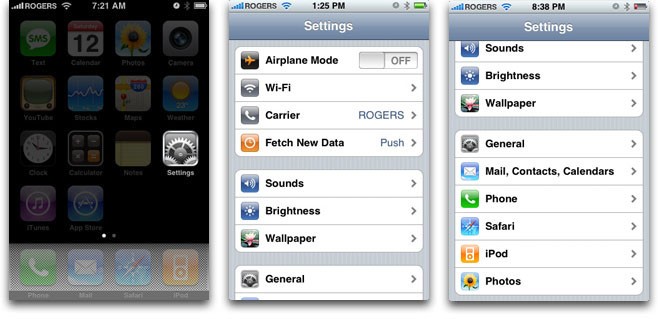
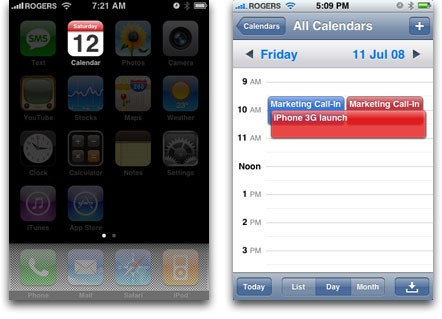
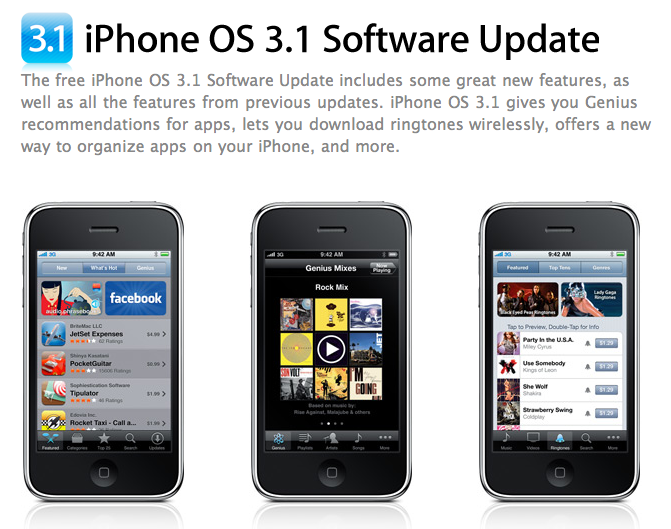


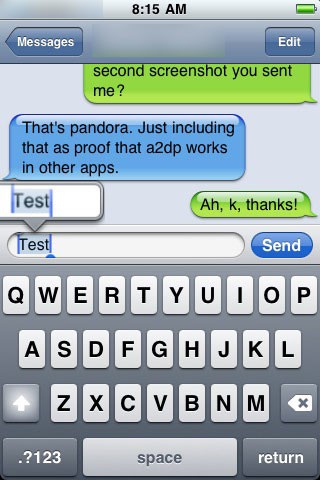


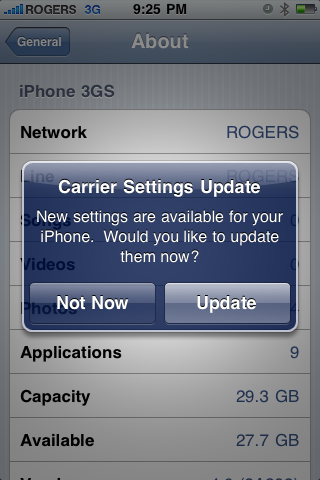
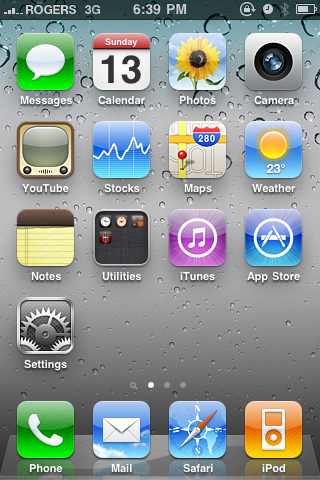





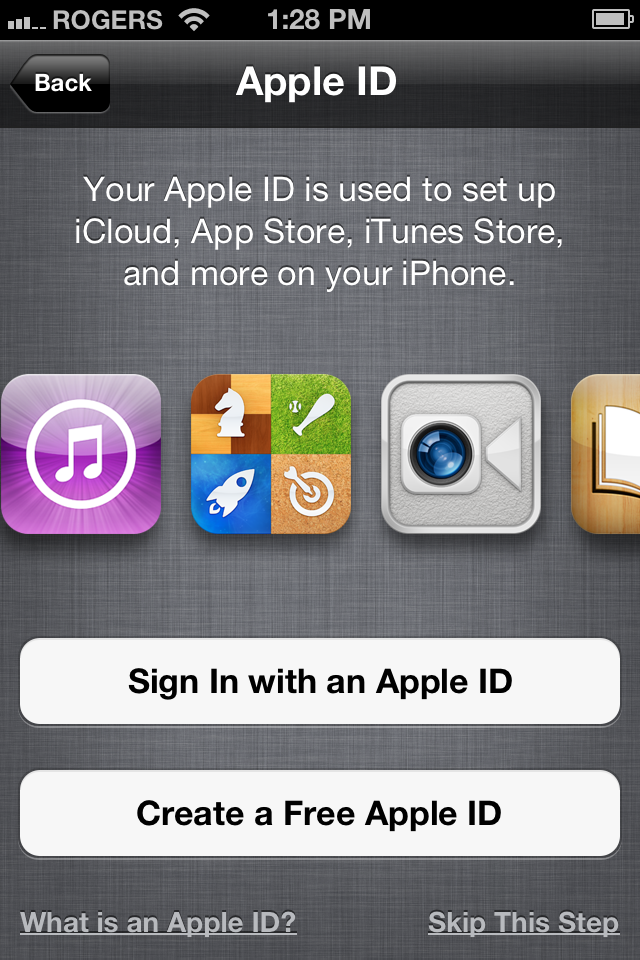

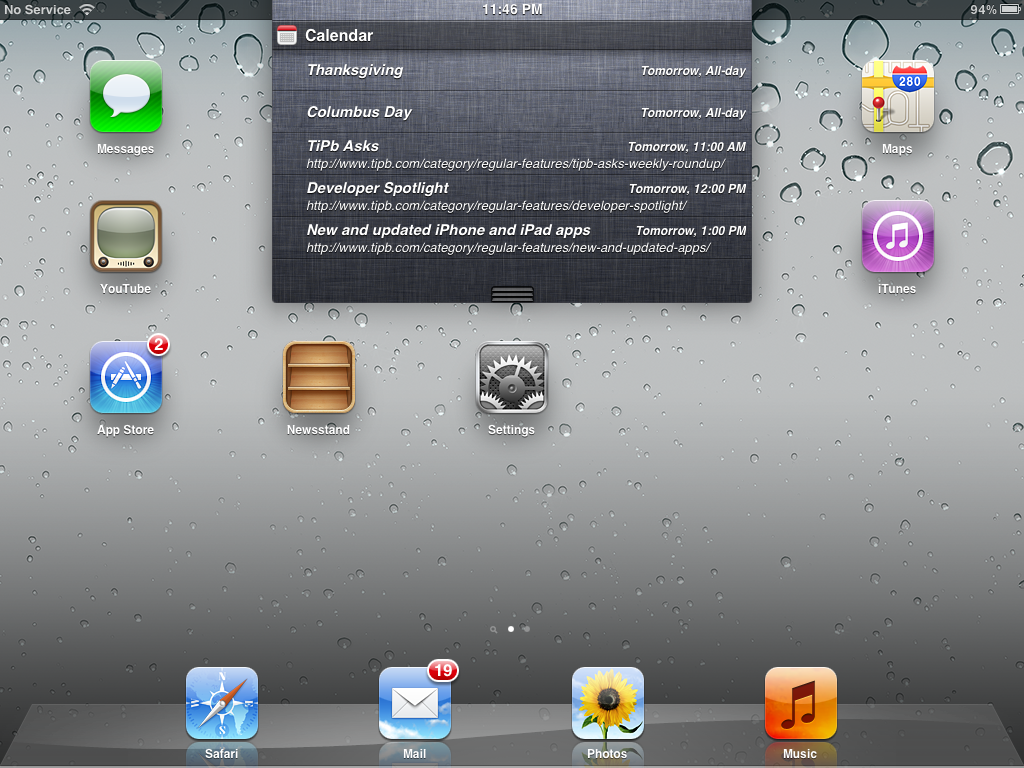
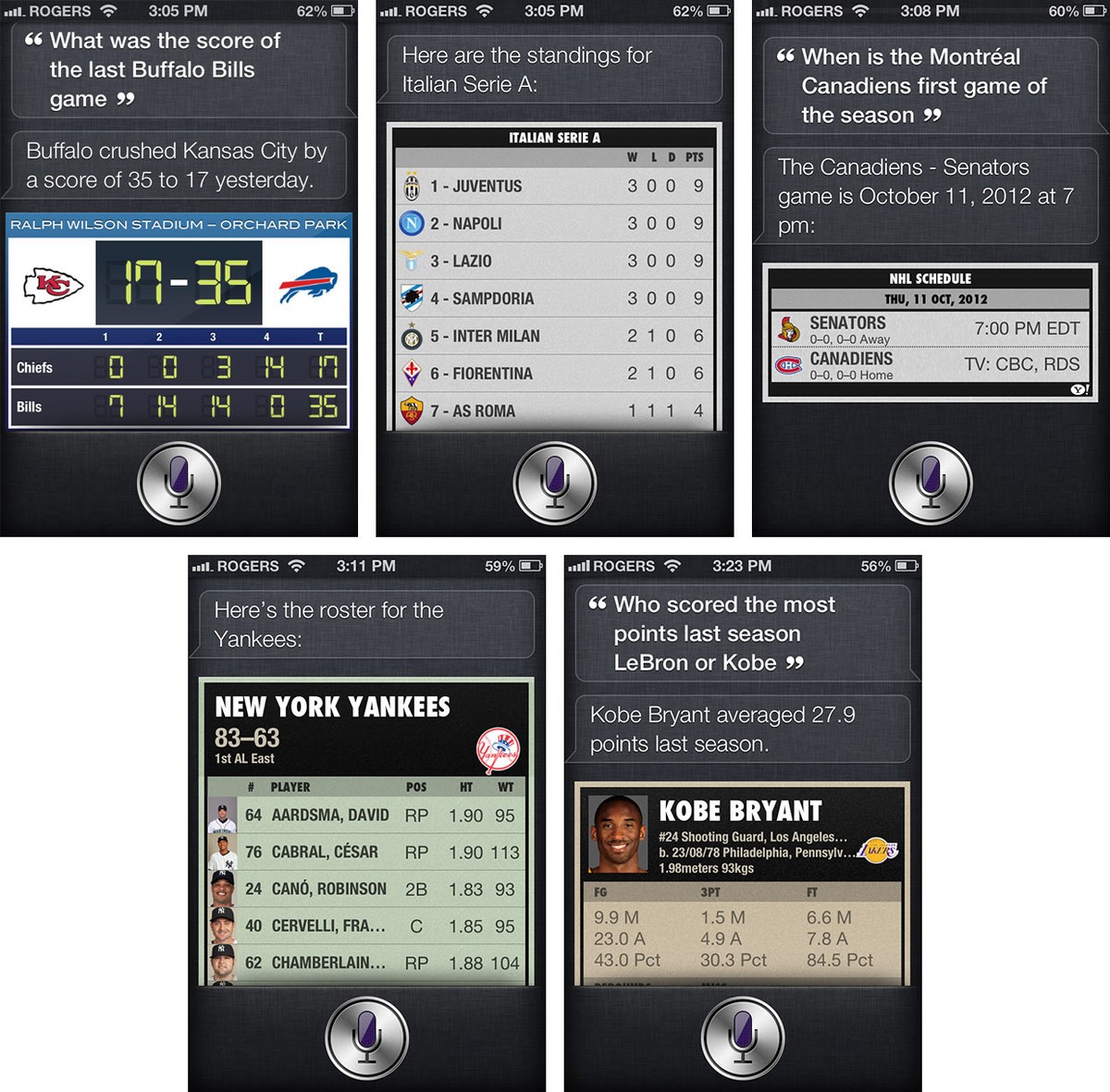


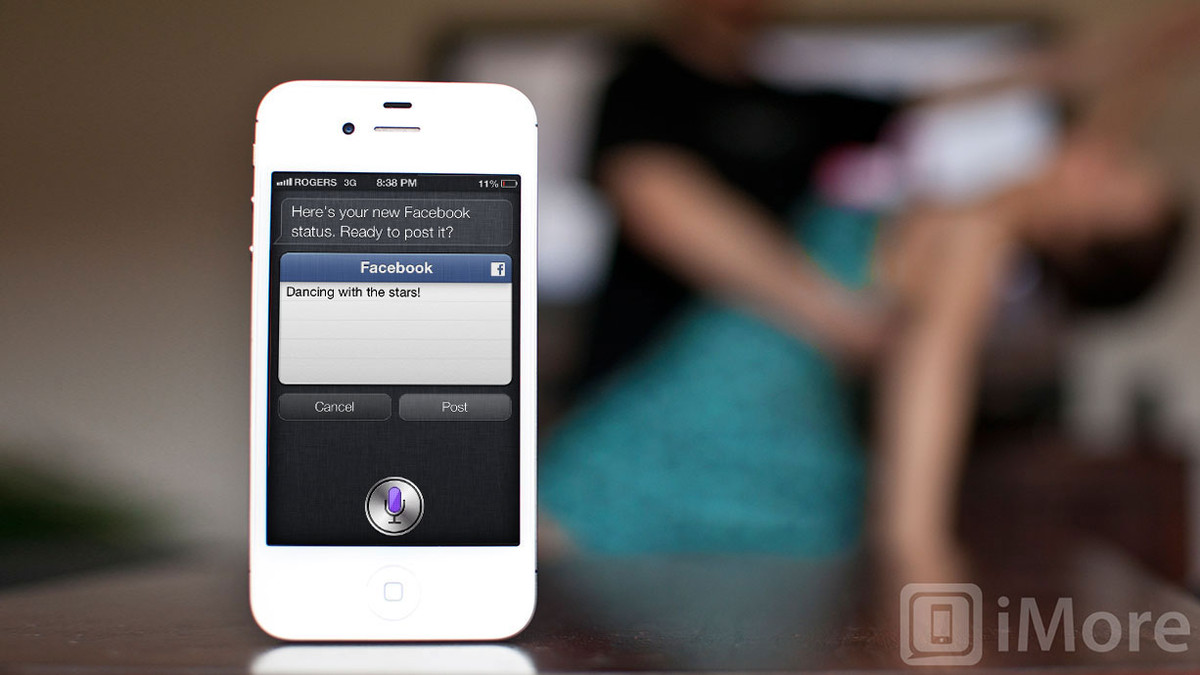
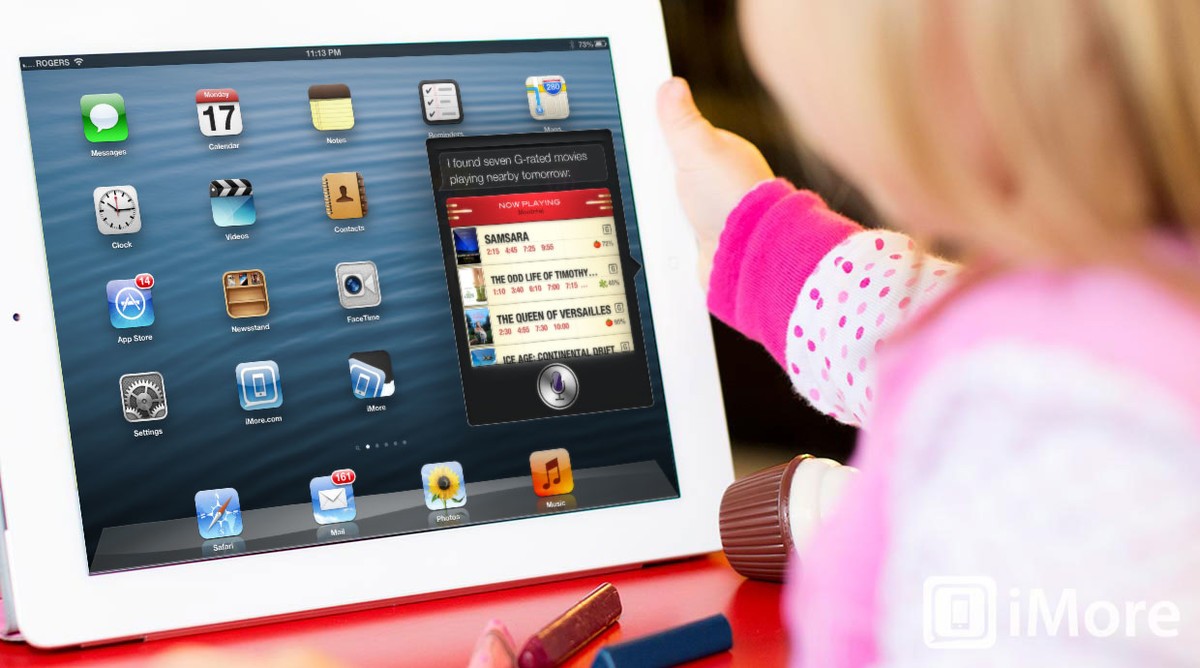
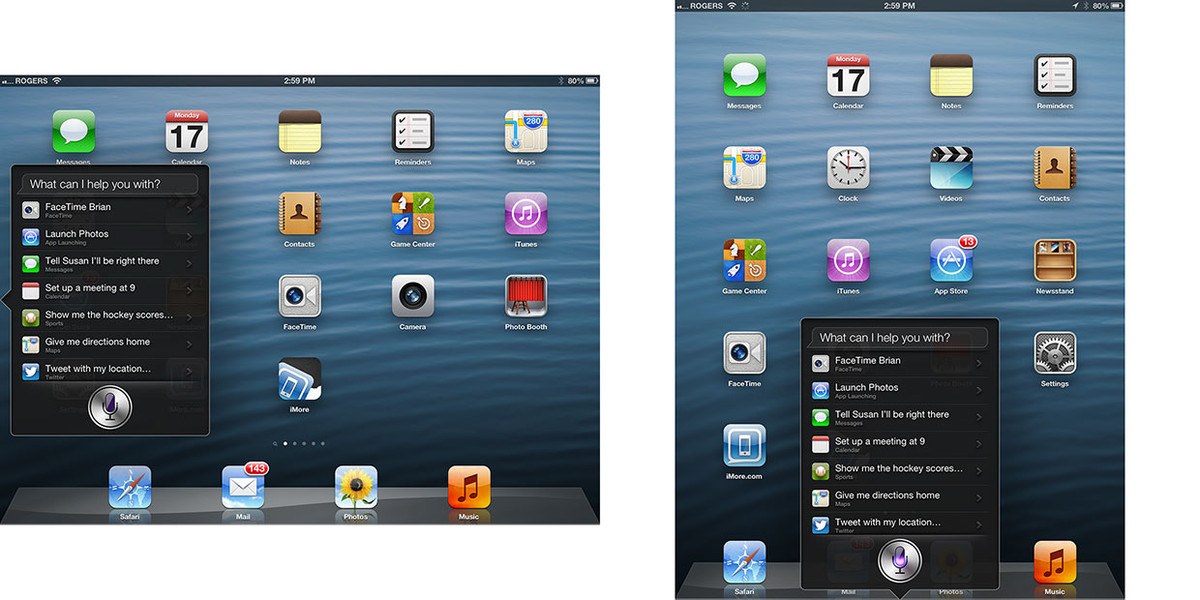
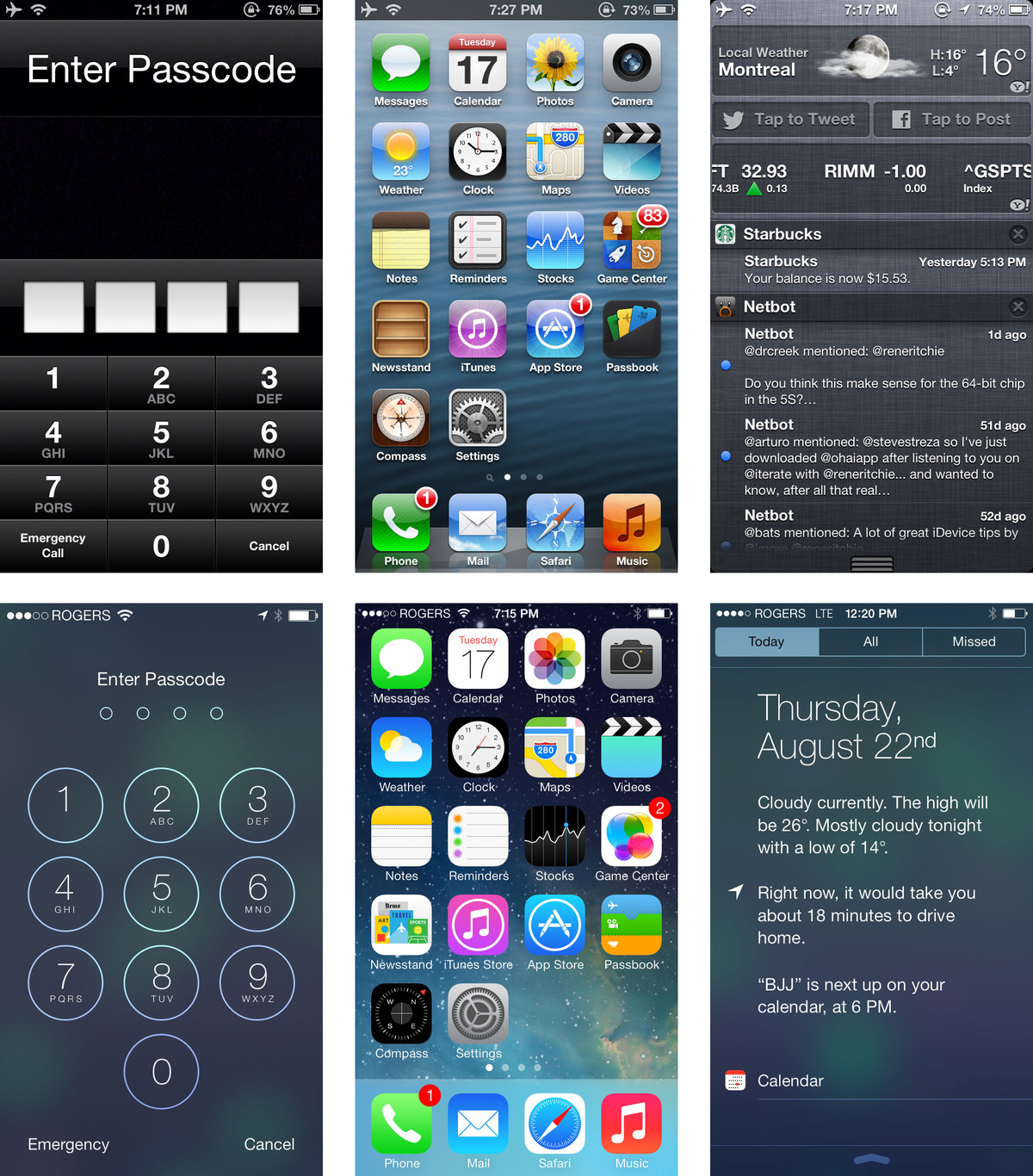

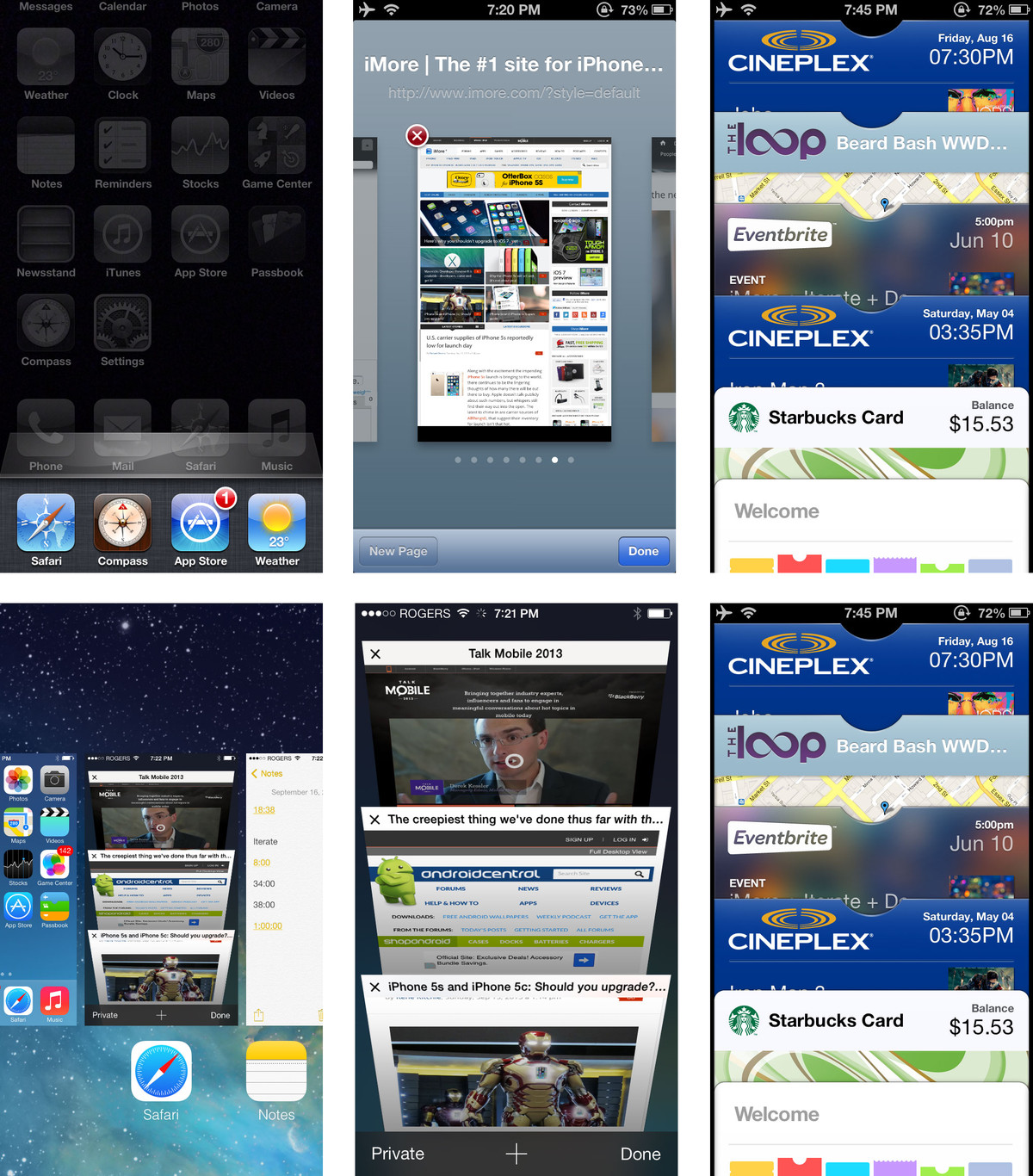

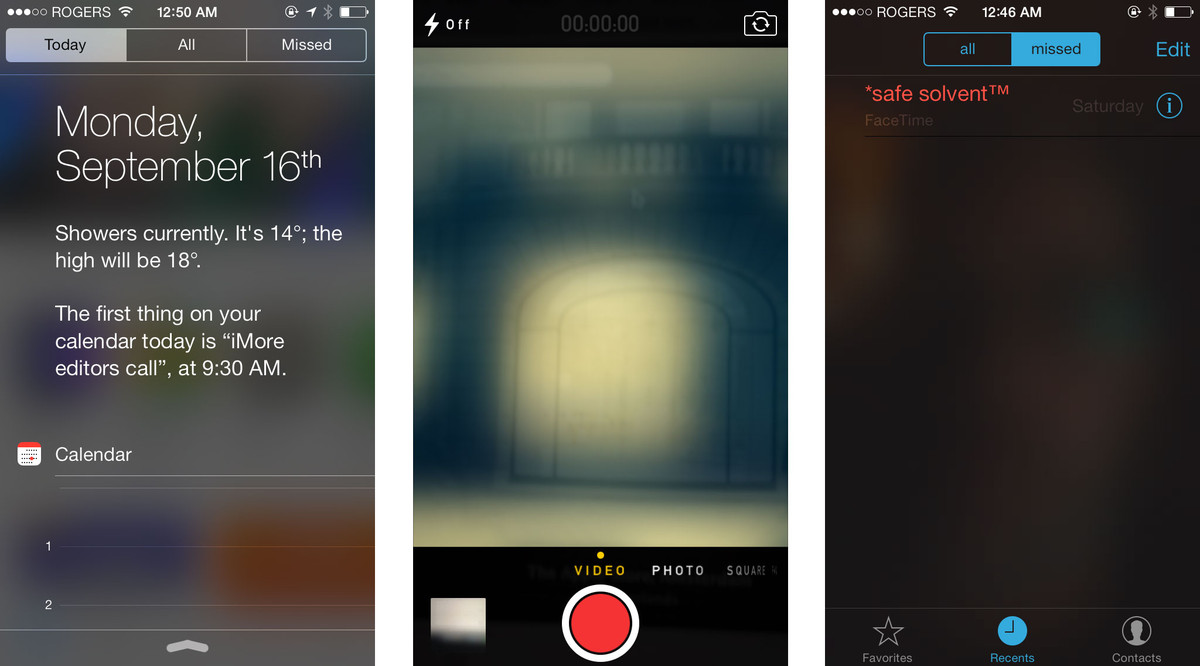
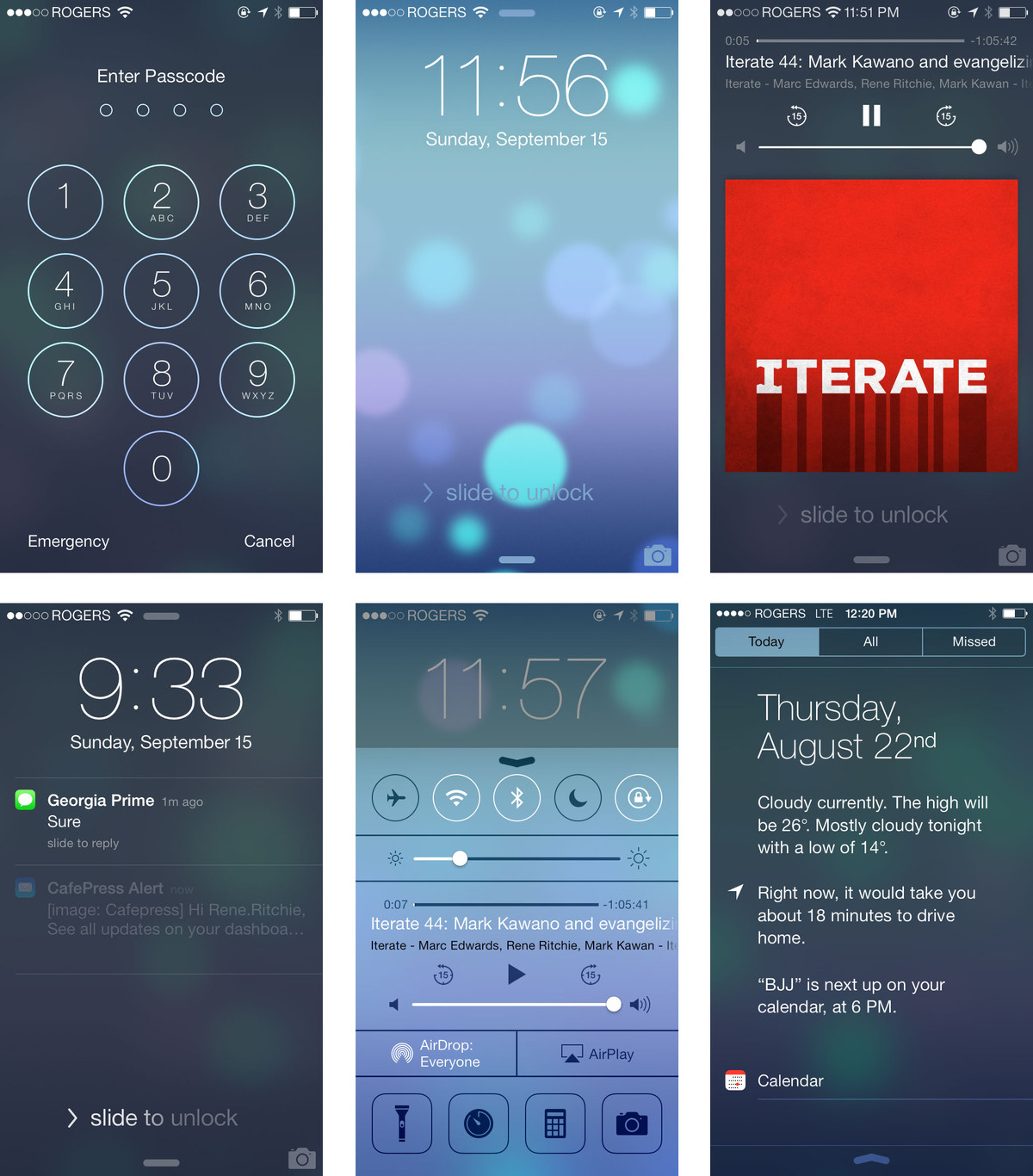


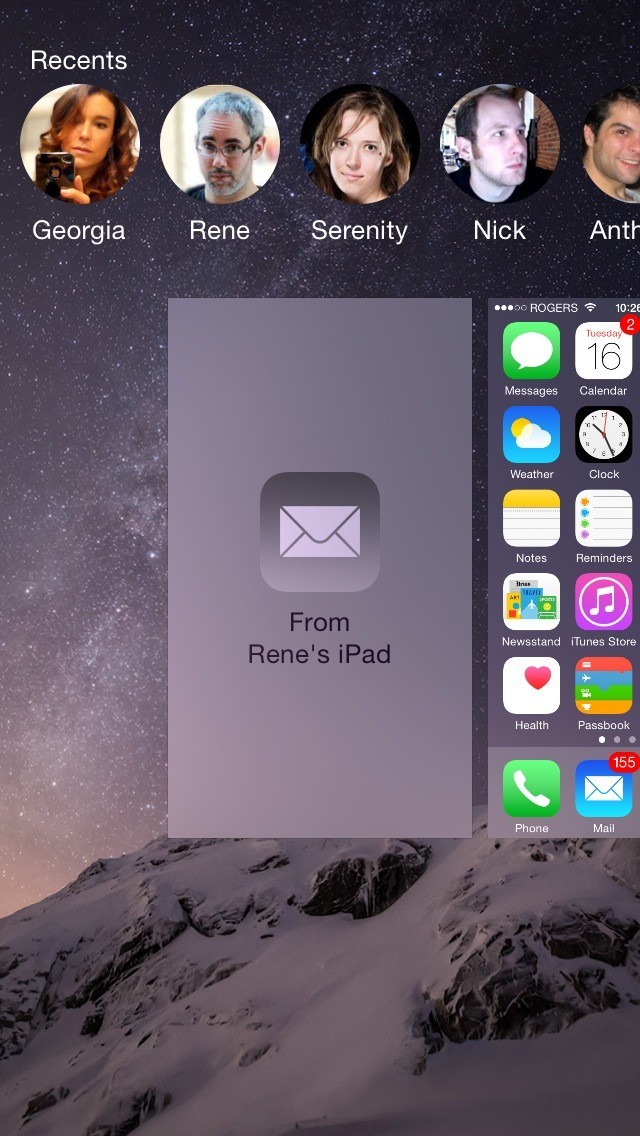
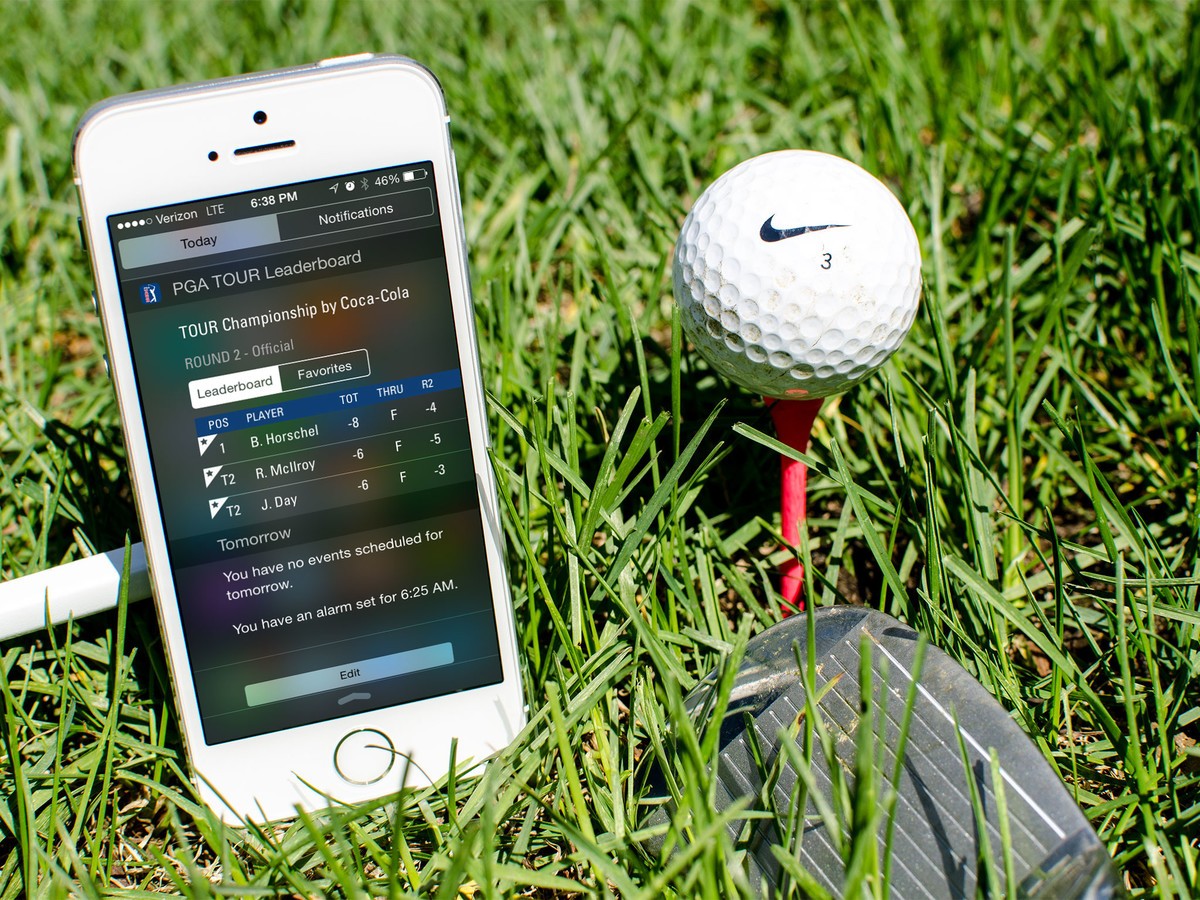
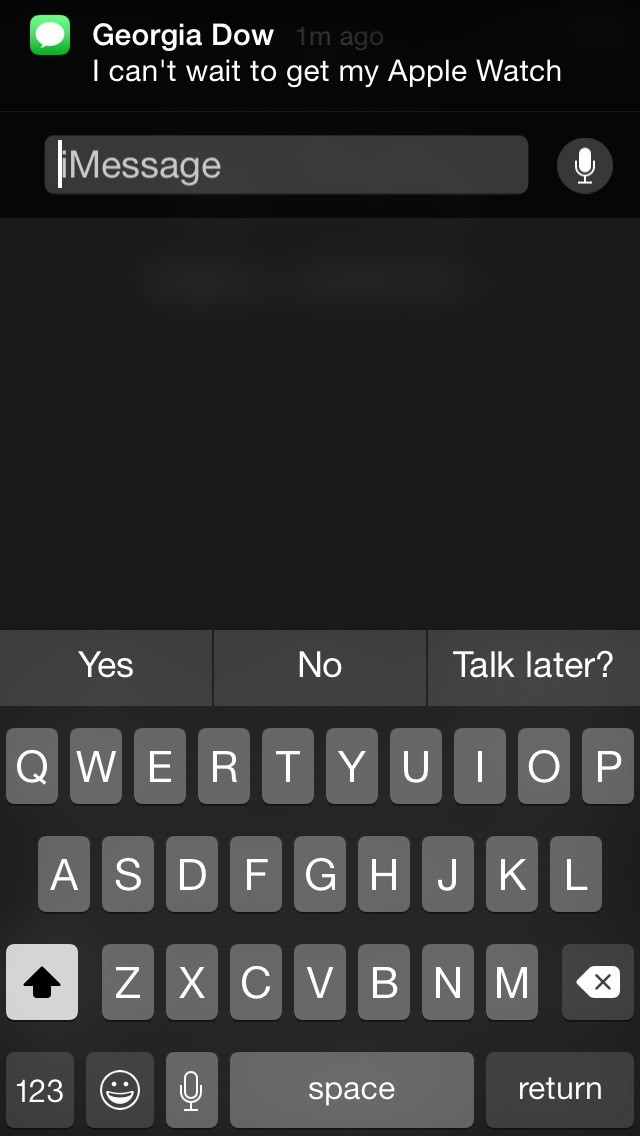
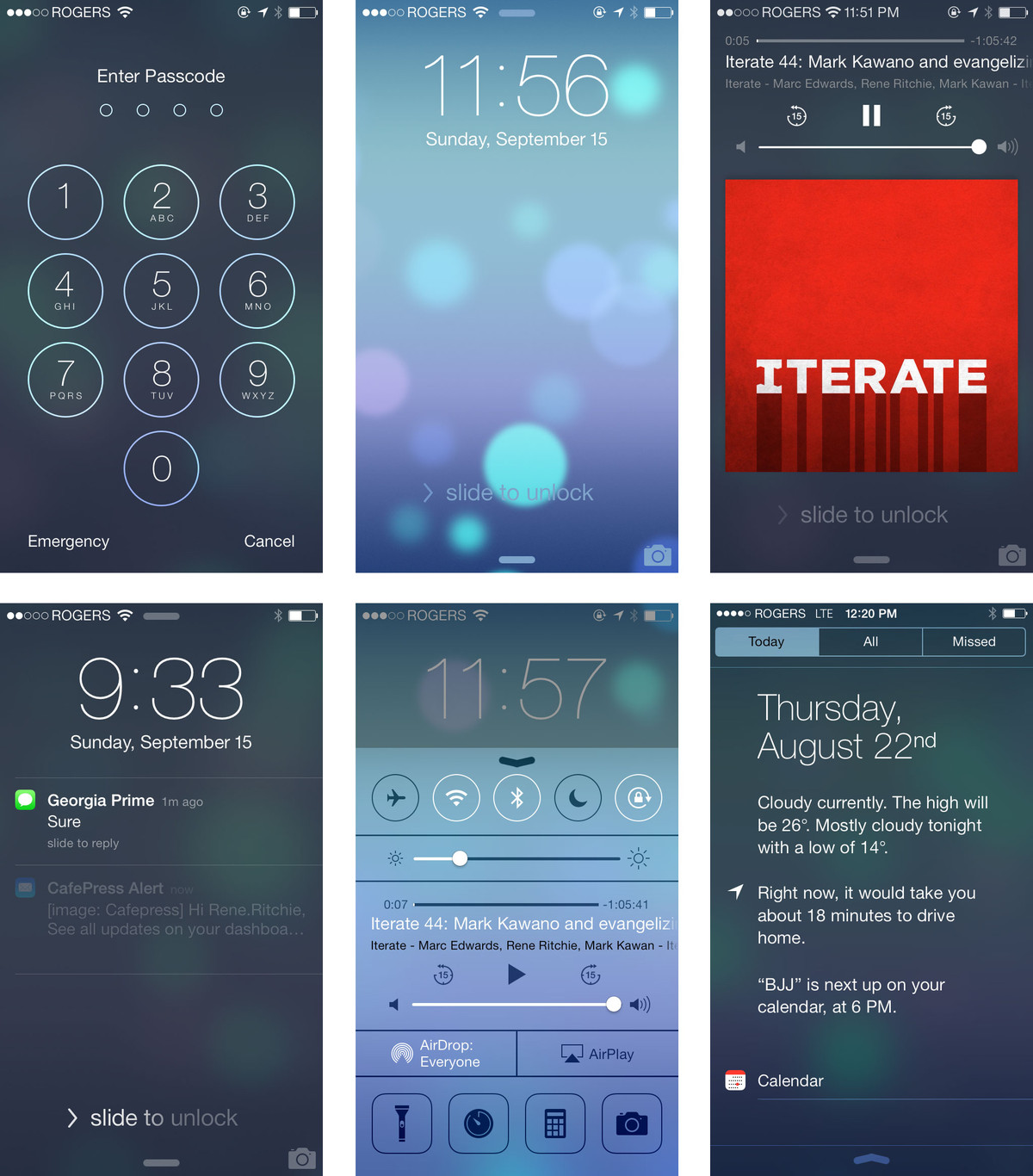
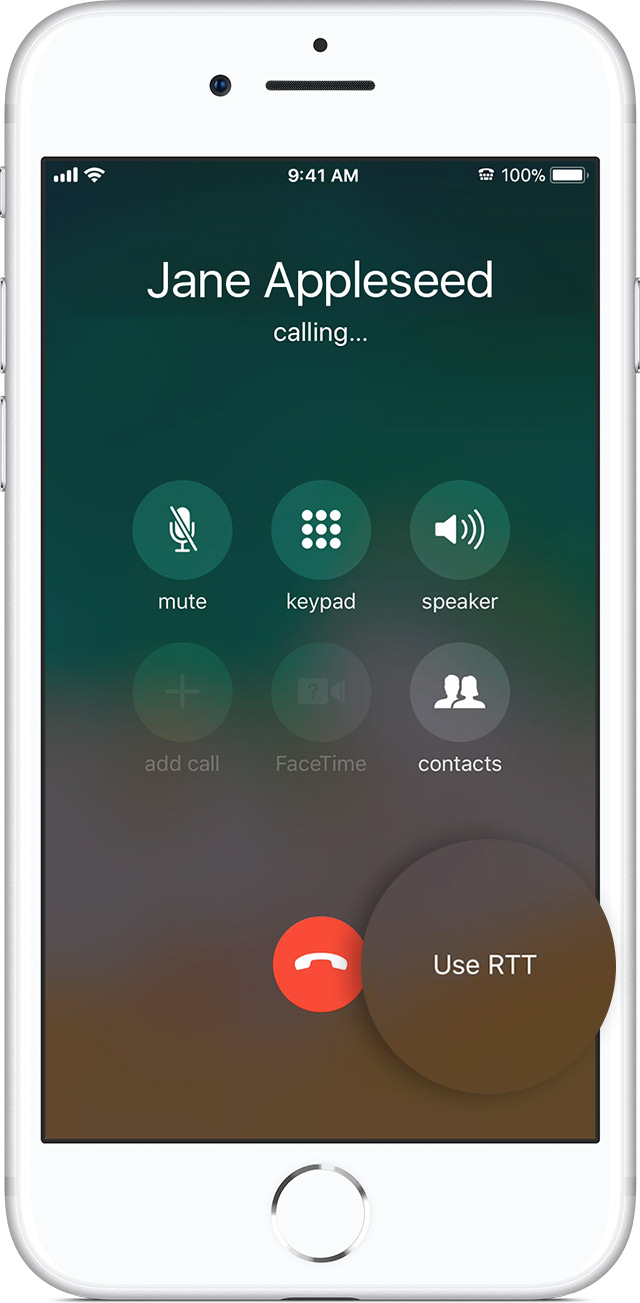


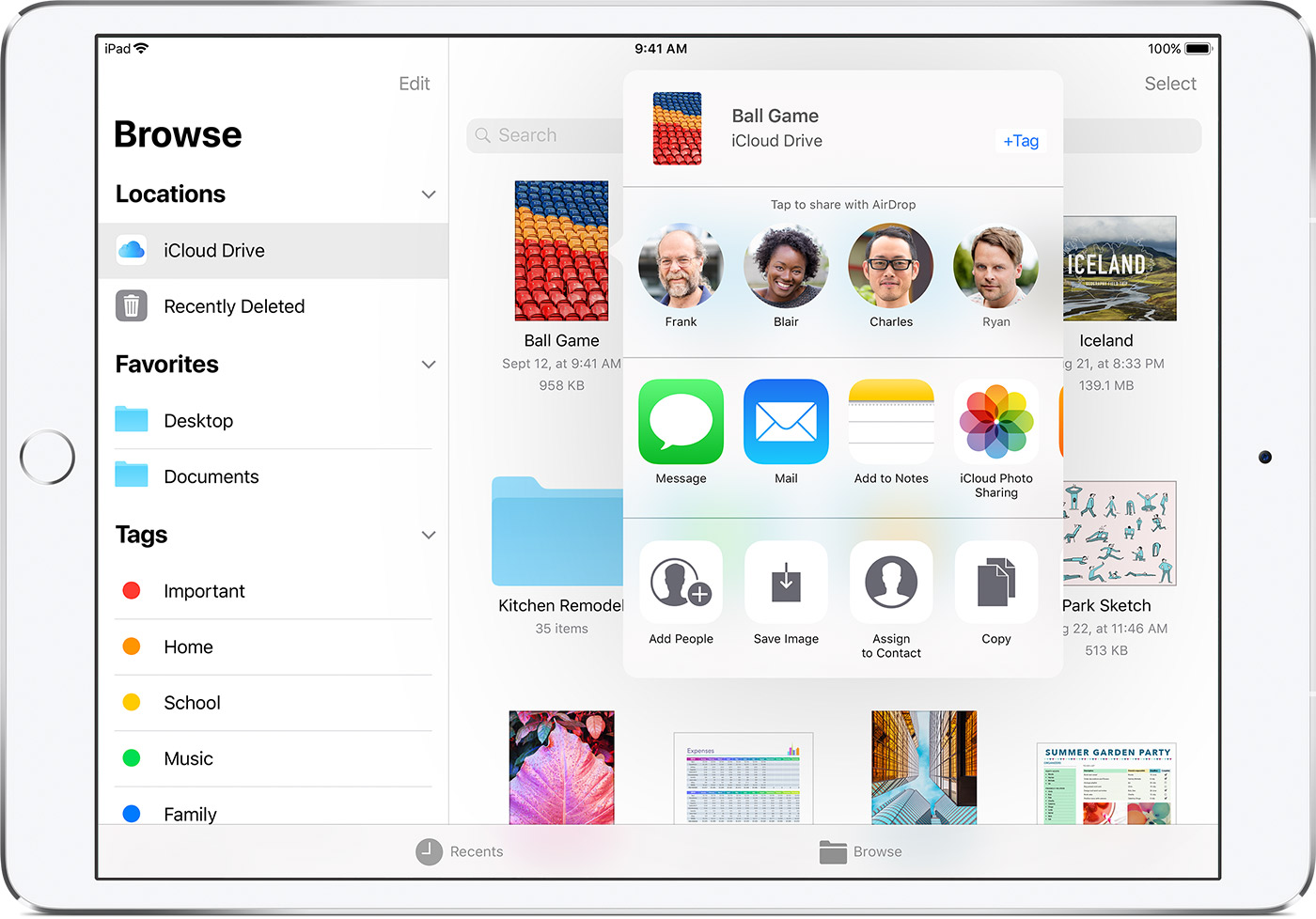
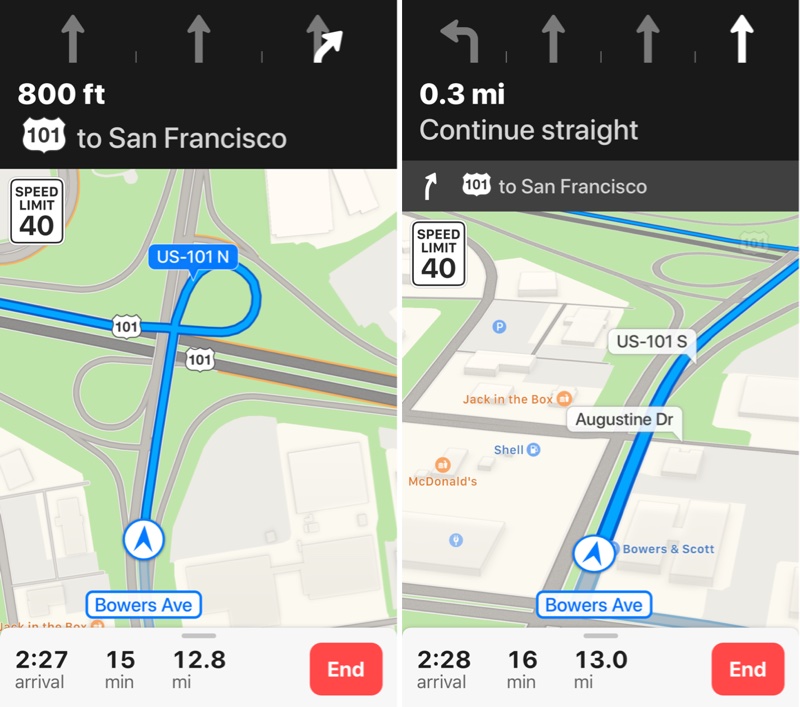
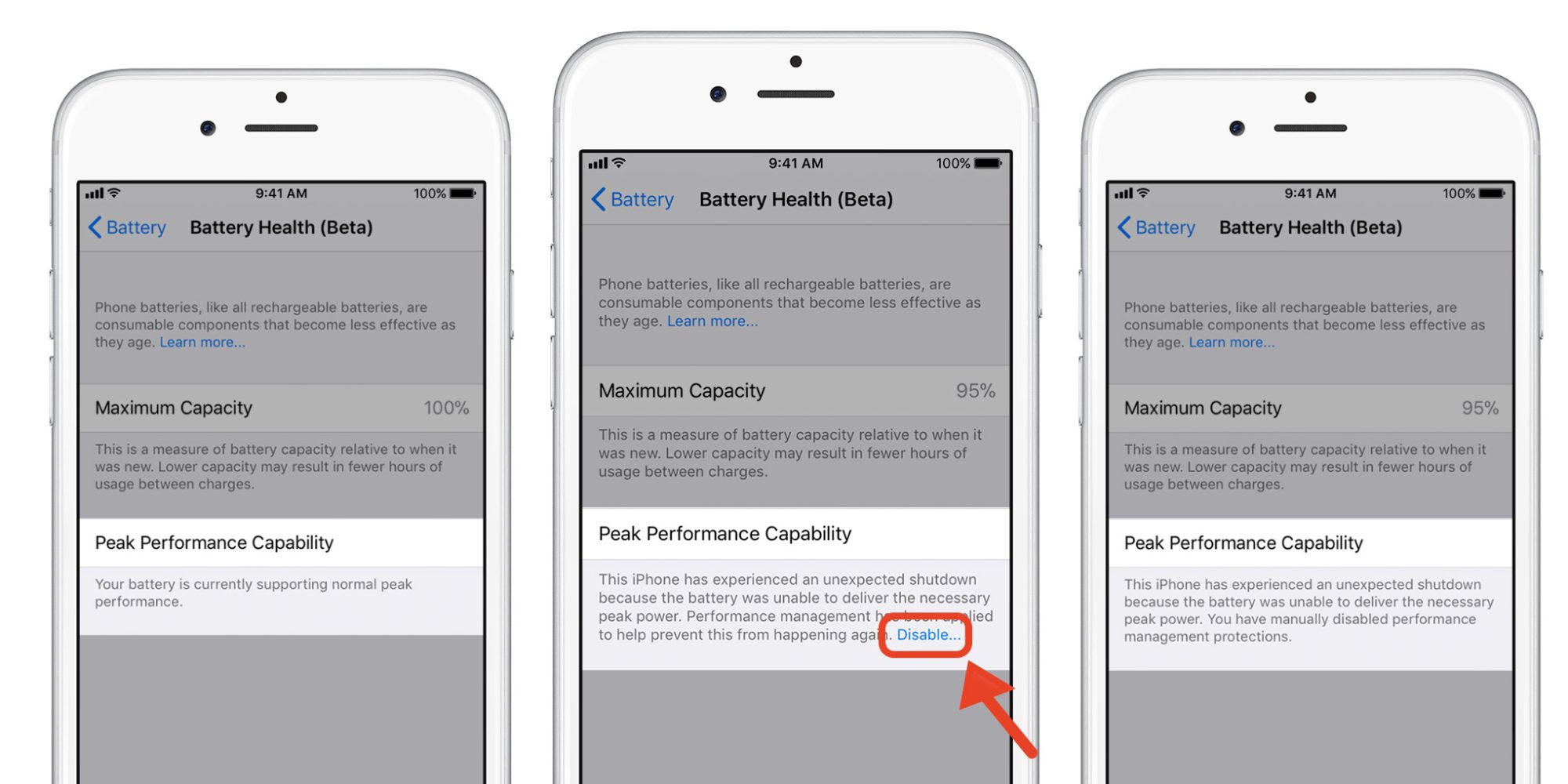
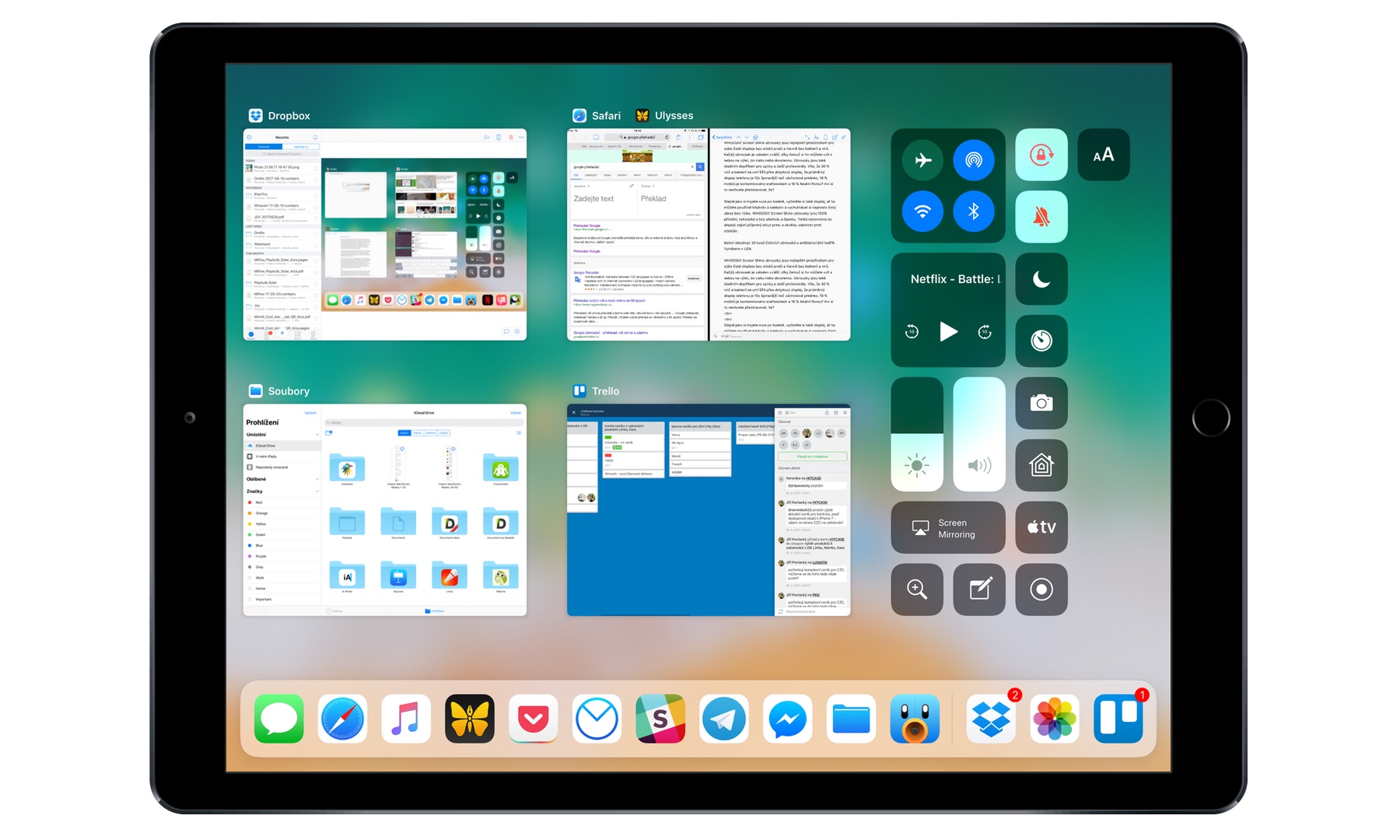
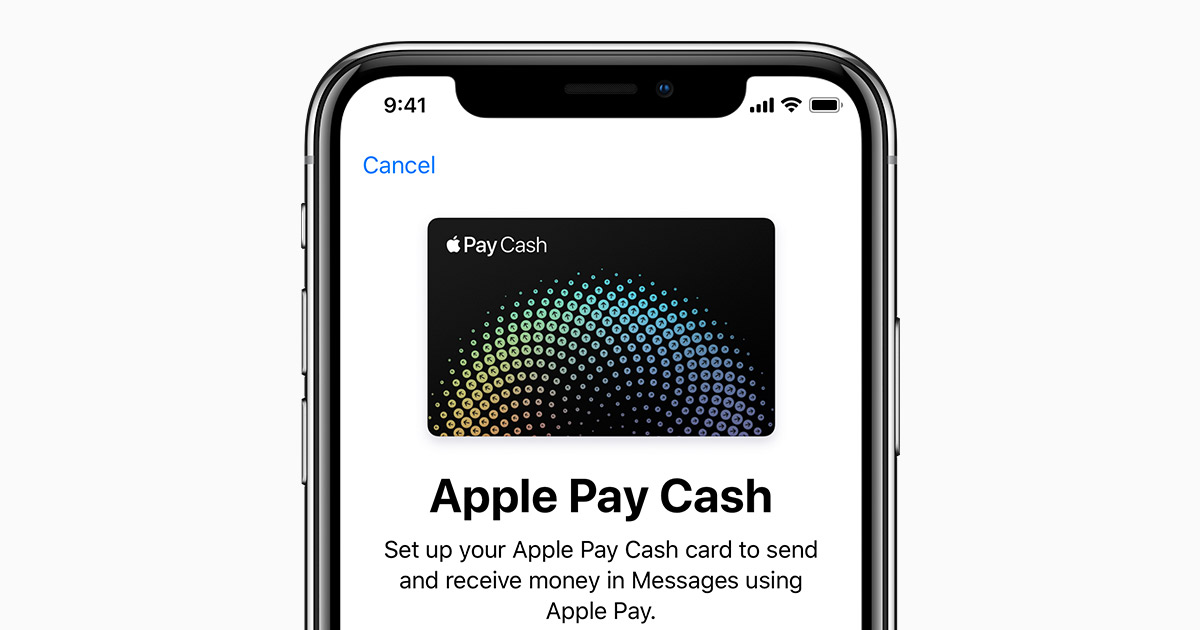
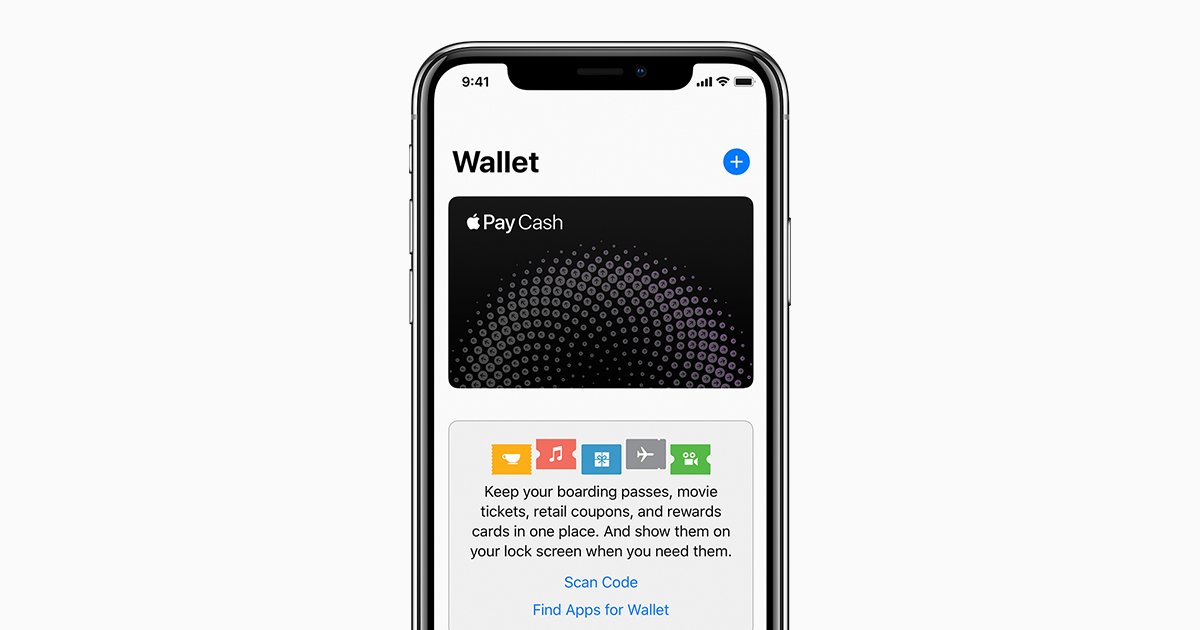
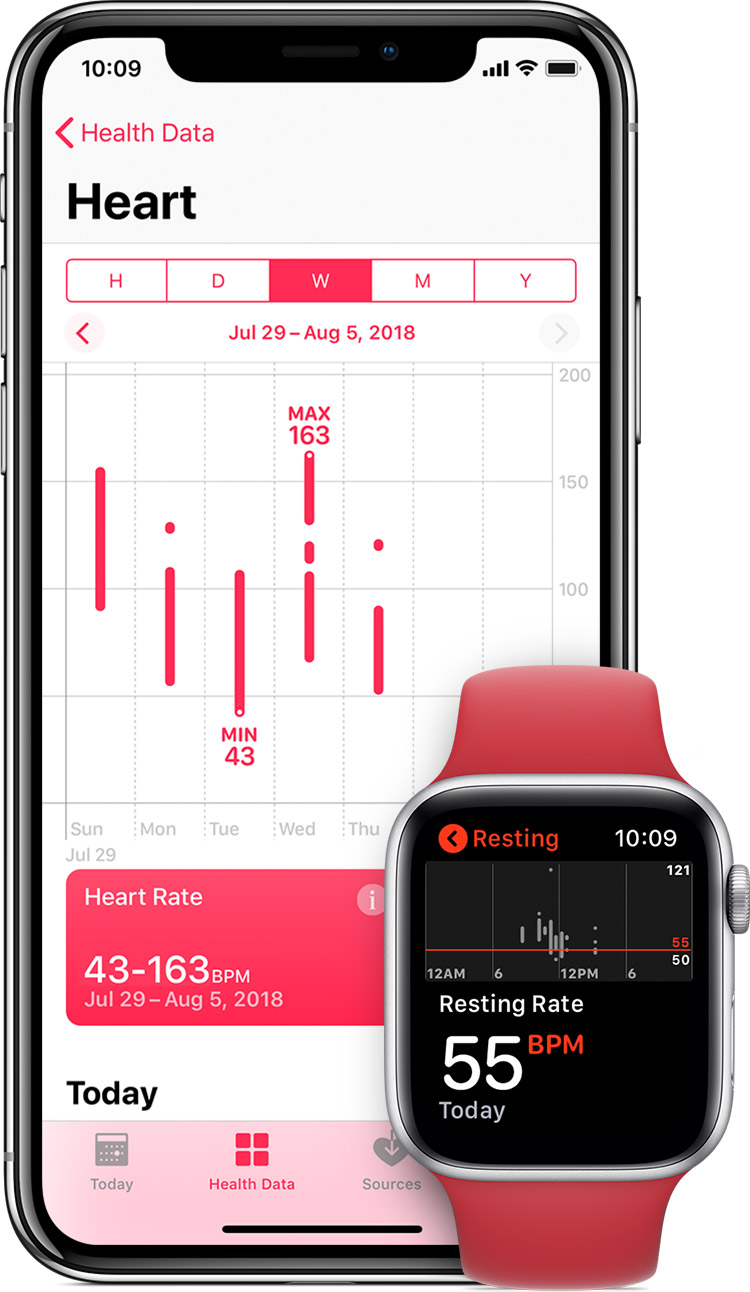
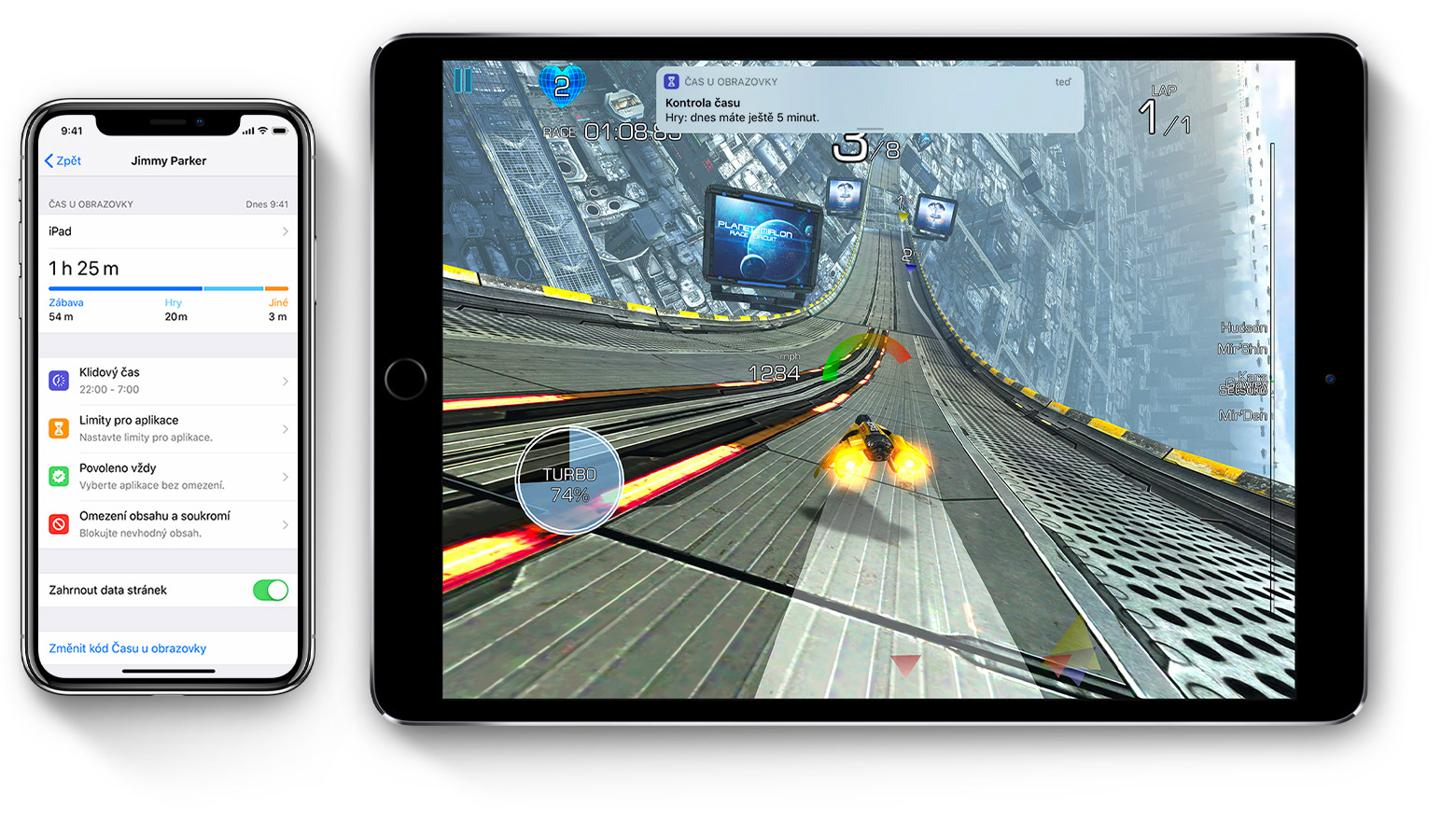

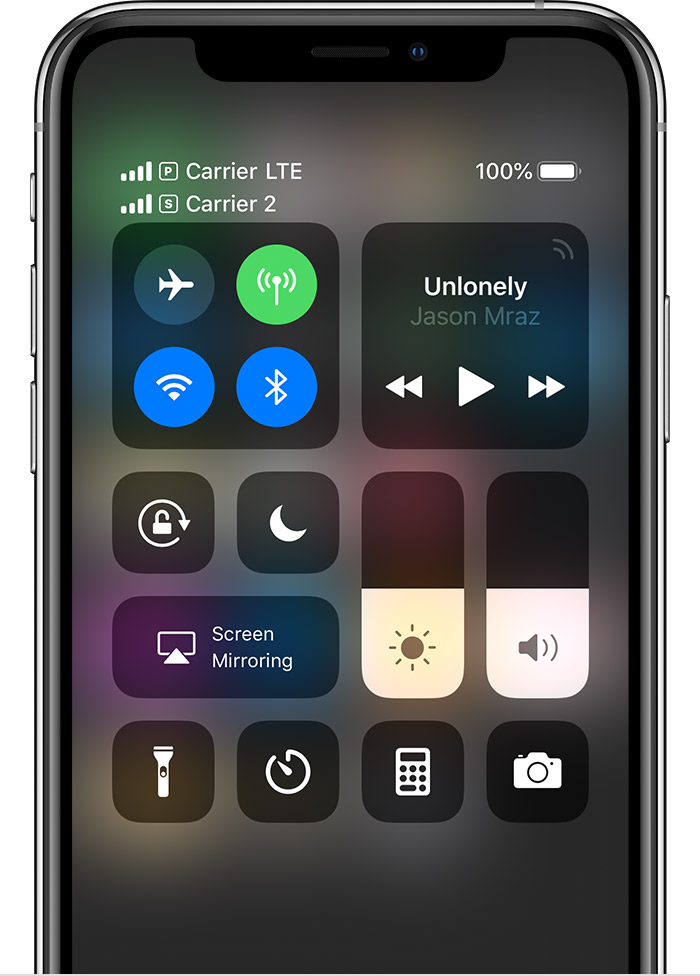





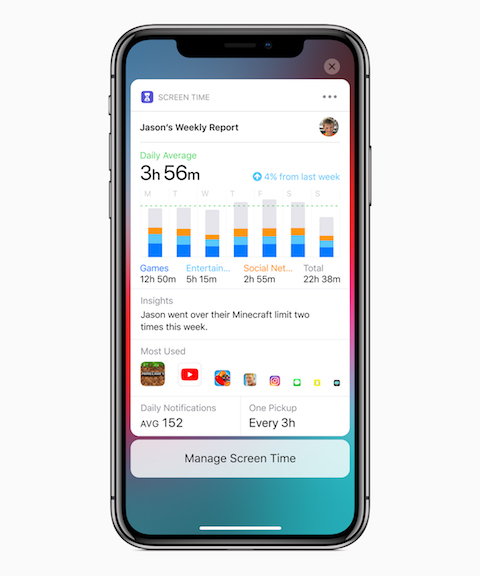

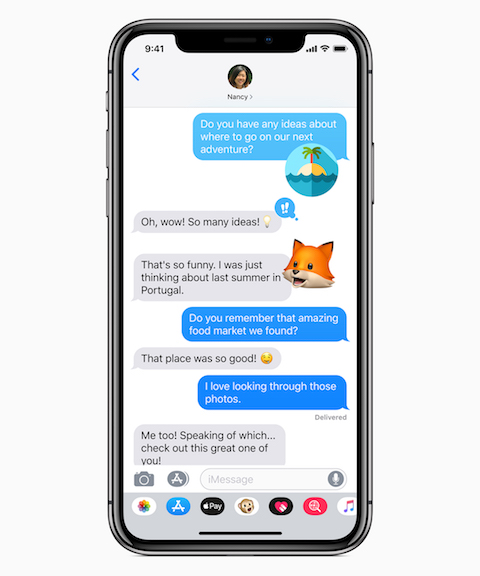
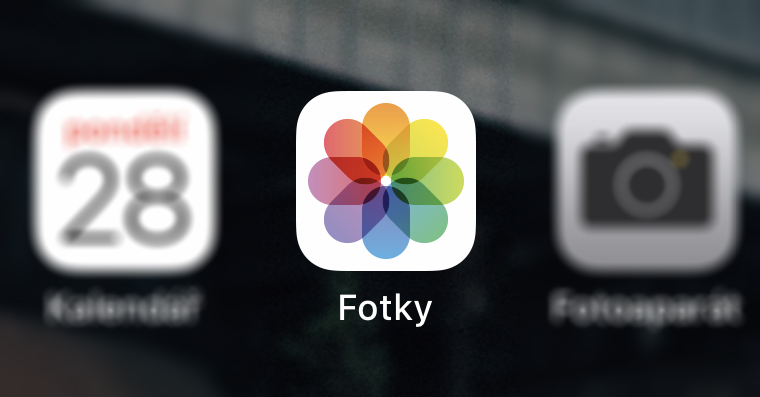

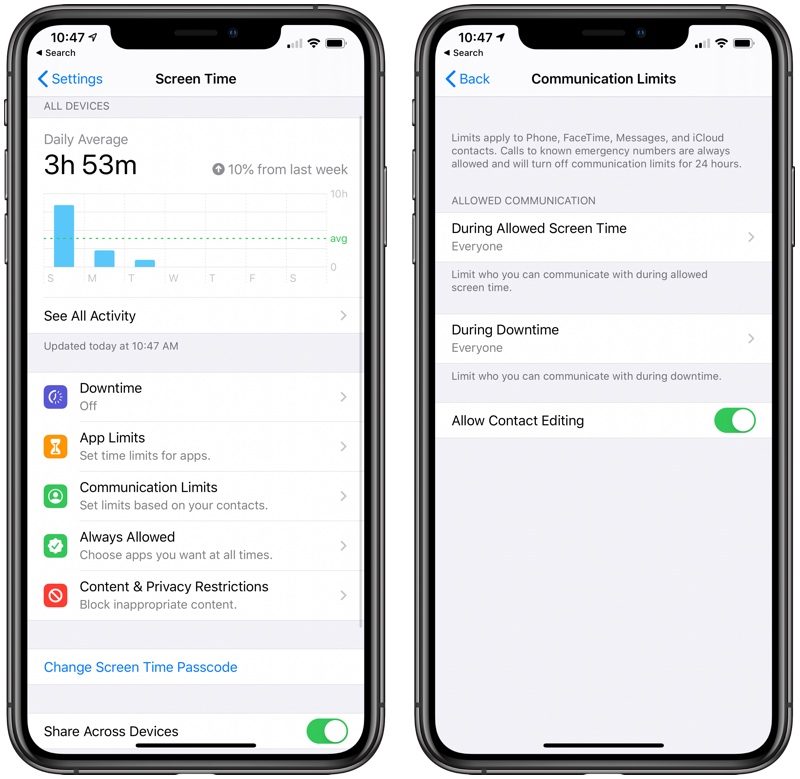
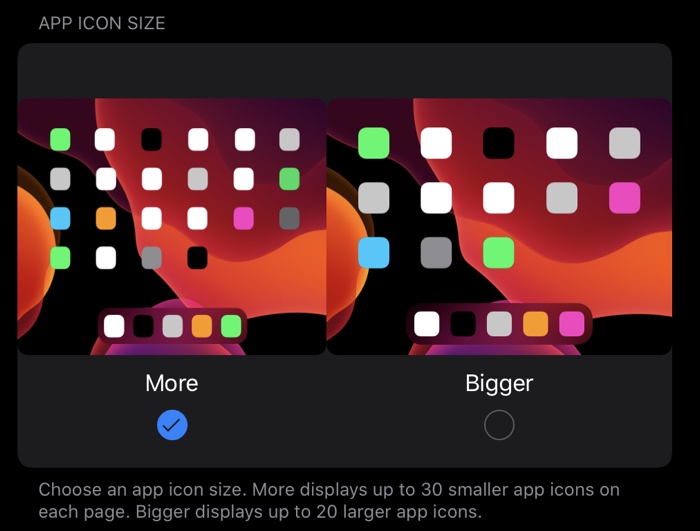

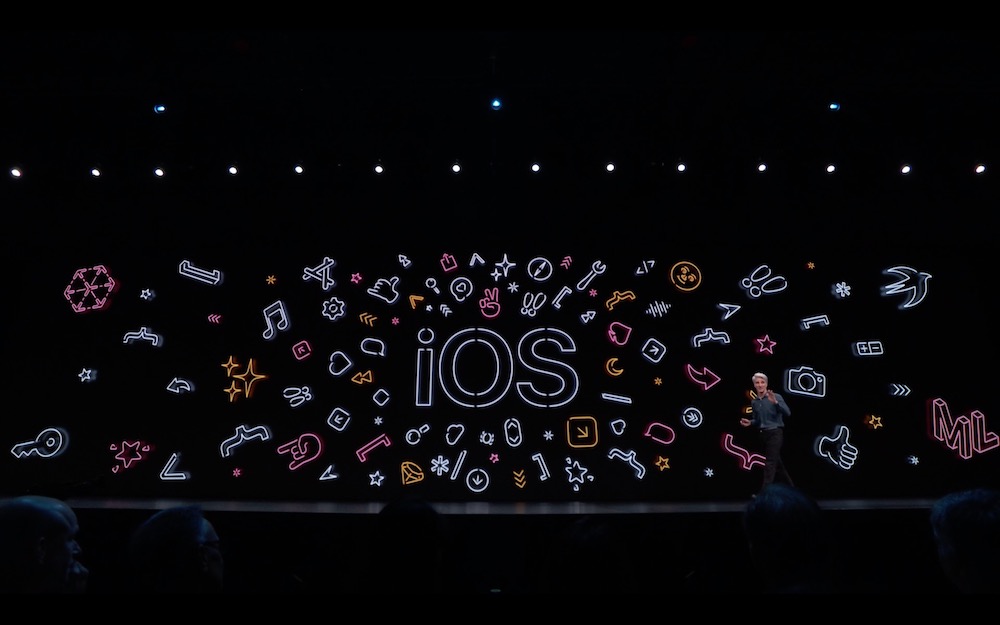
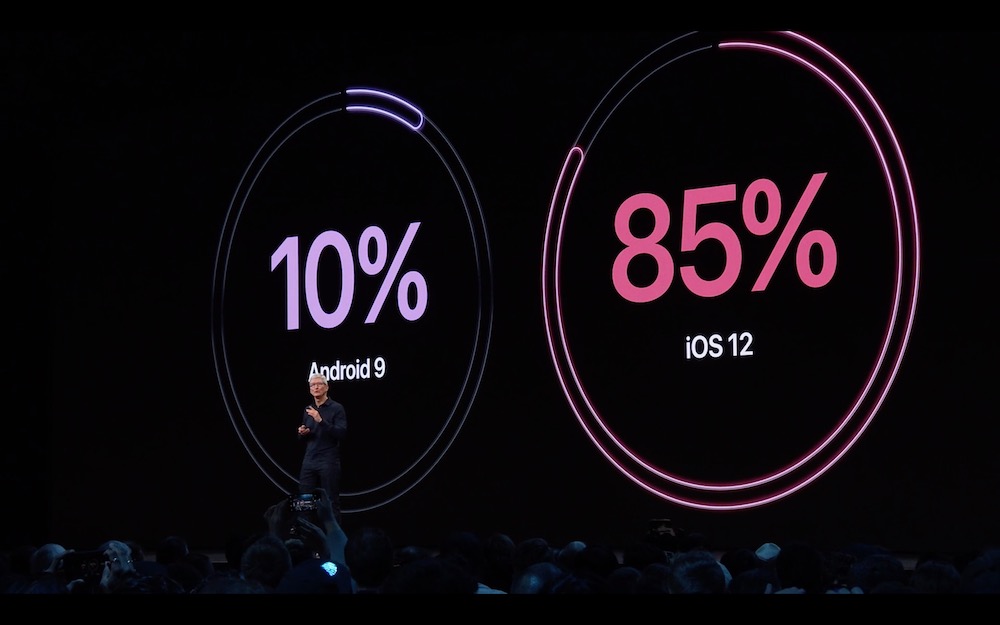
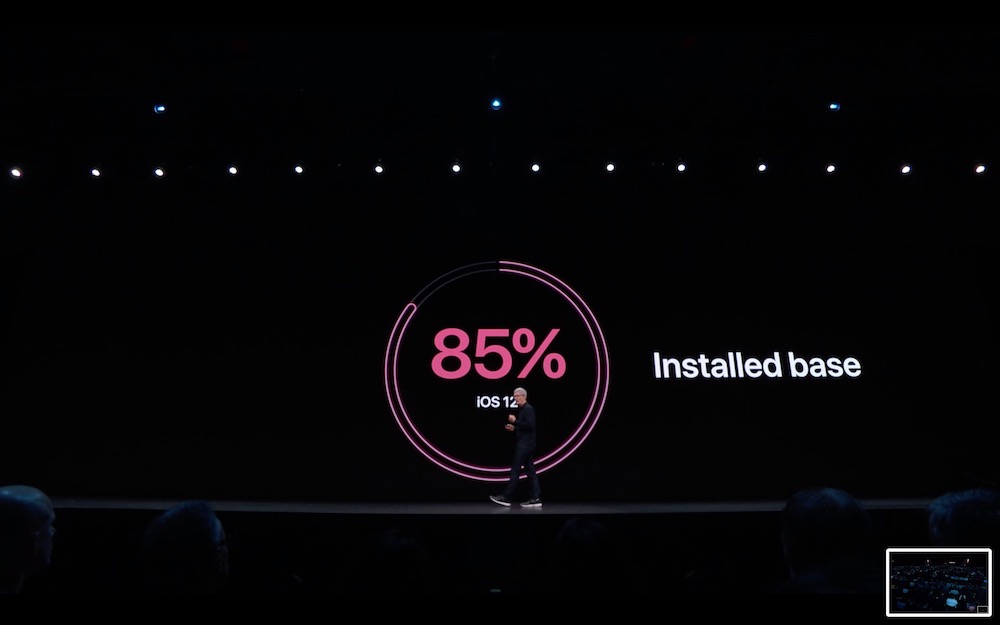

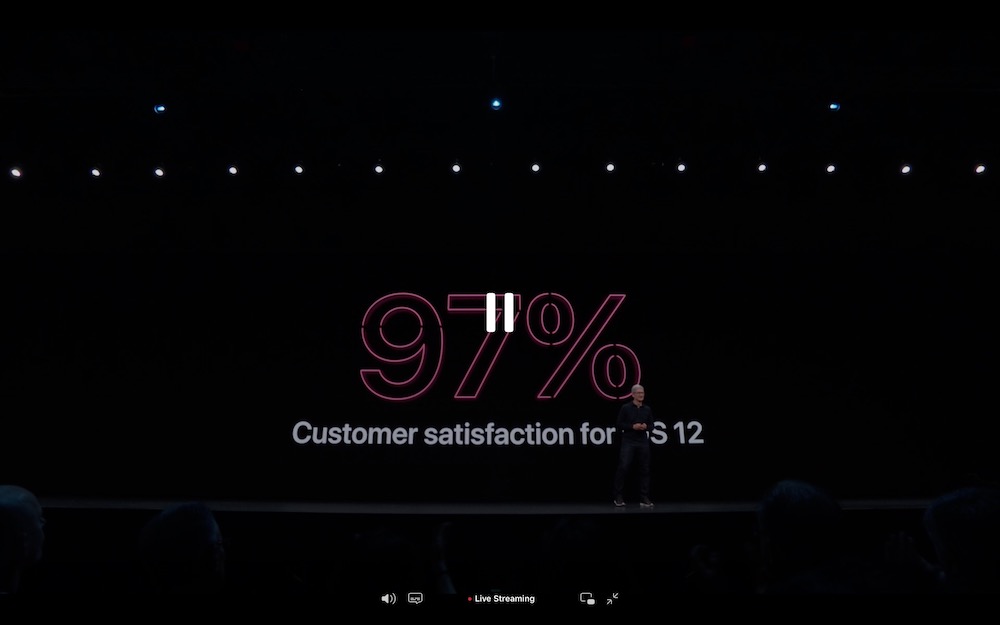
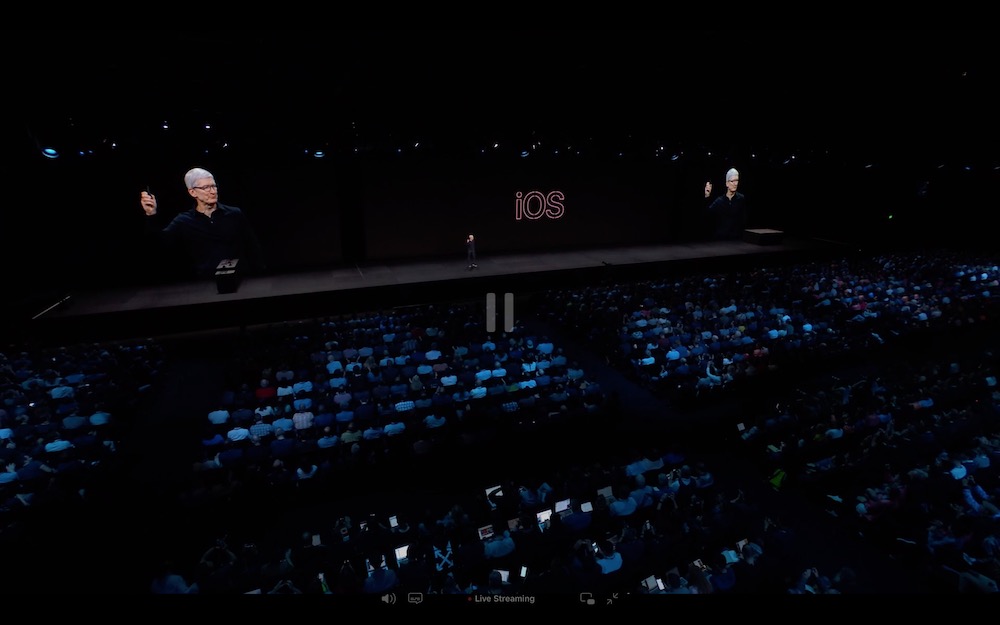
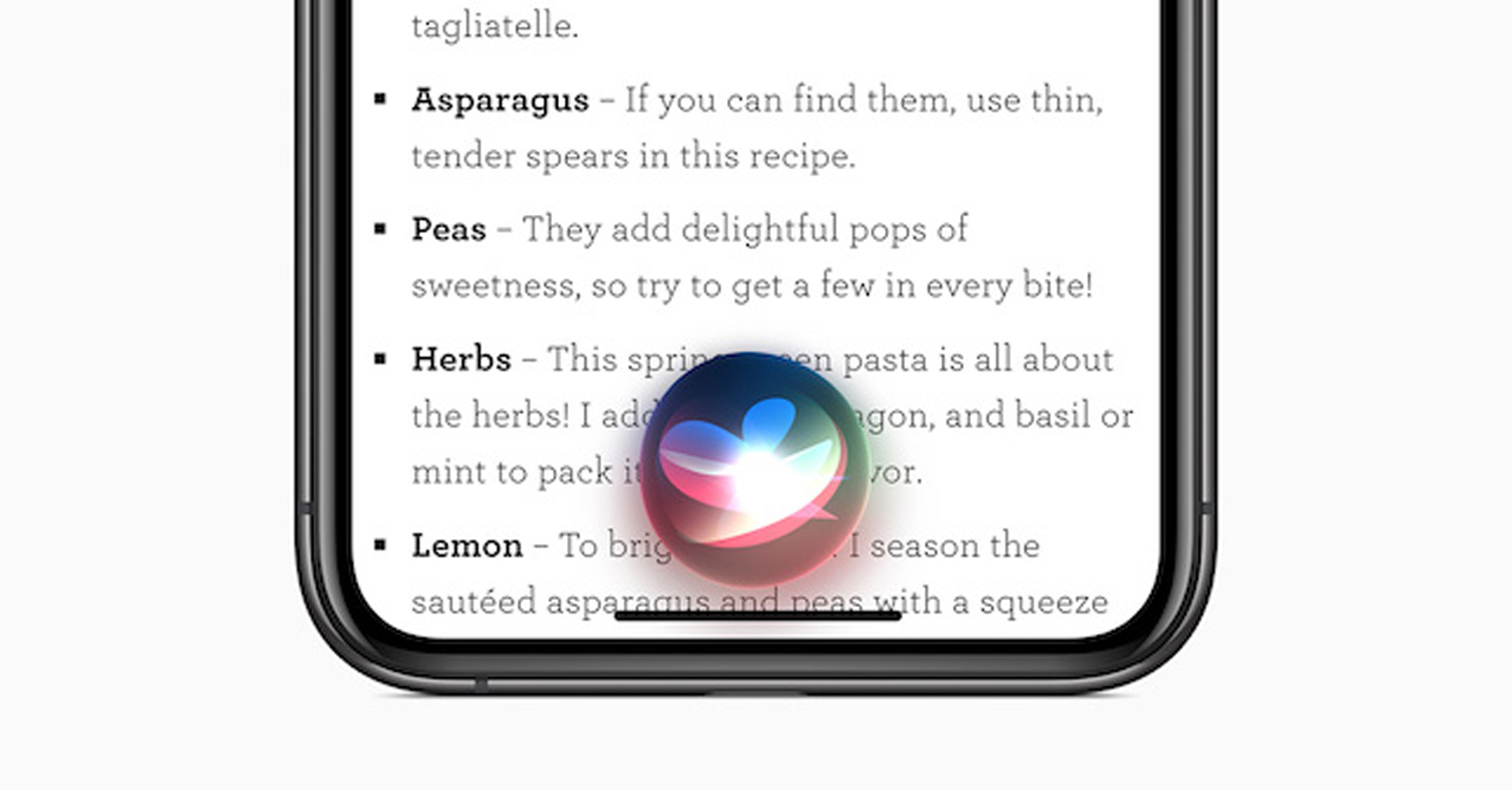
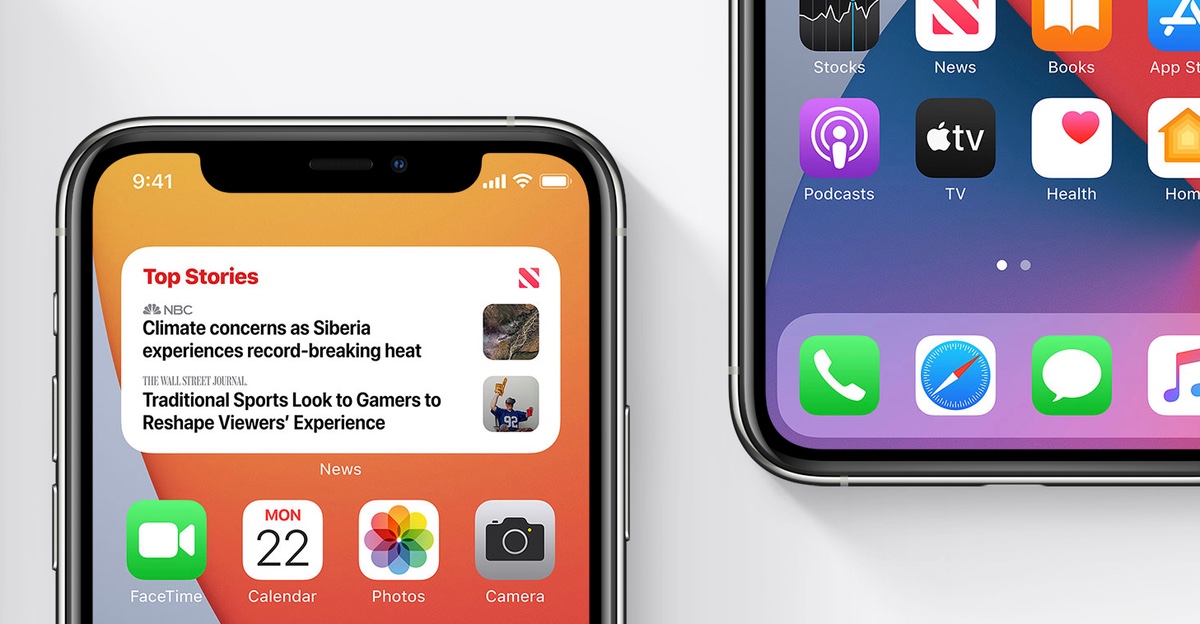
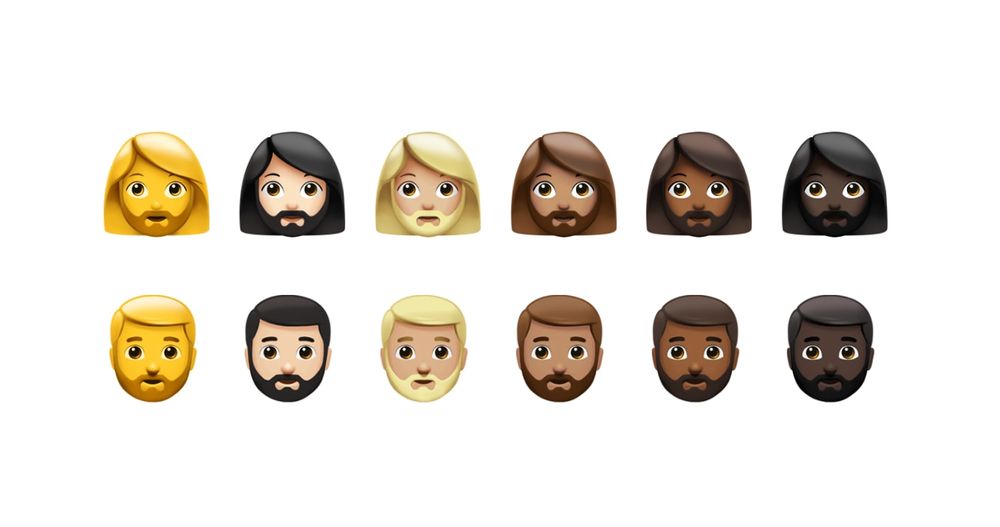


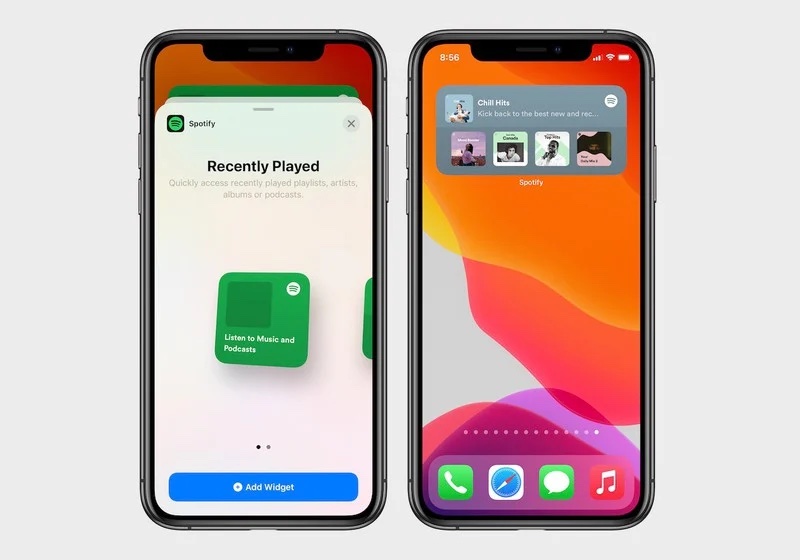
With iPhoneOS1, you probably have bad screenshots, as they show the AppStore icon and Voice Memos, which were not part of the system
The swipe to unlock feature has been on iPhones since the first generation. You probably have something else in mind for iOS 7.